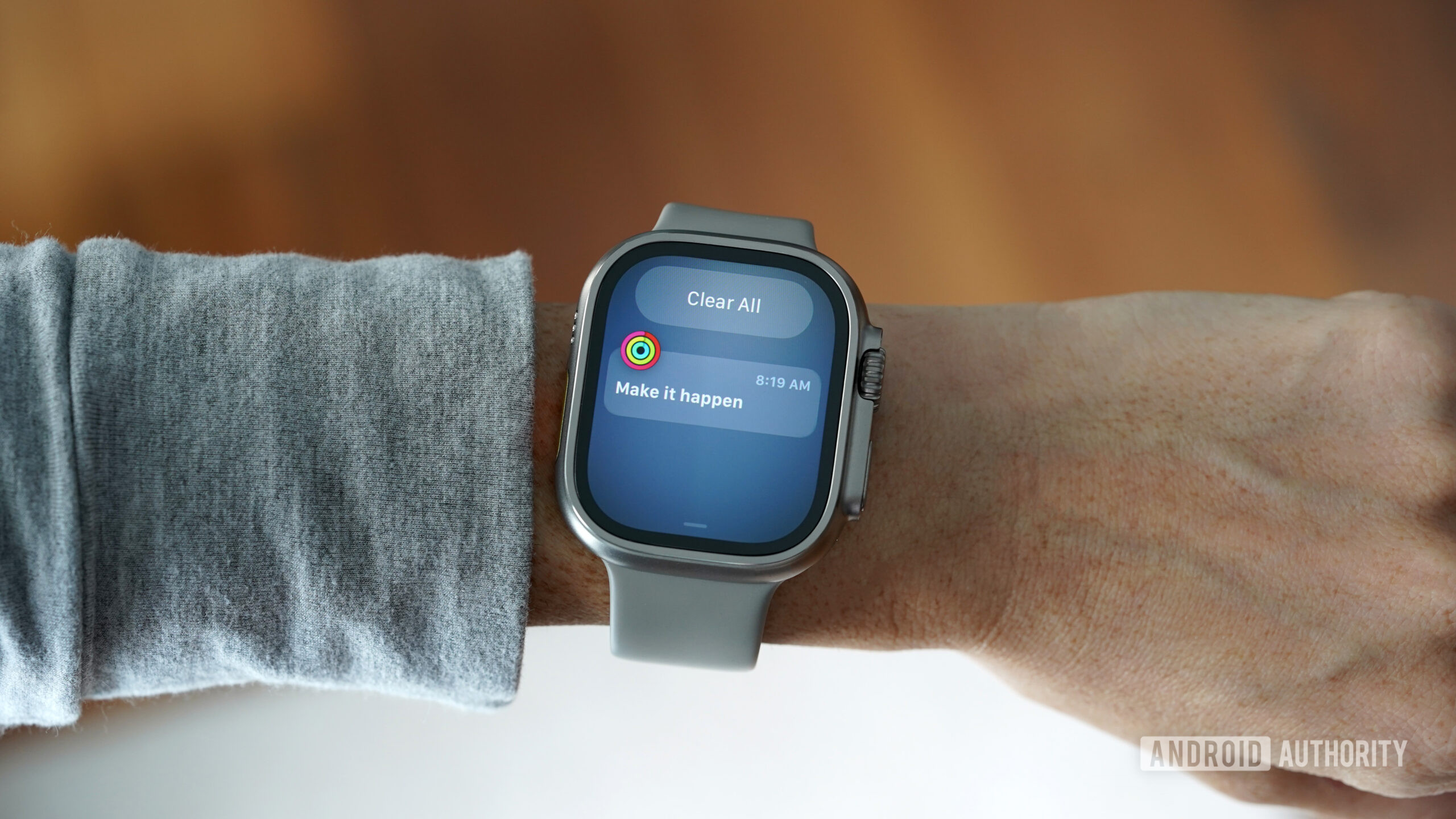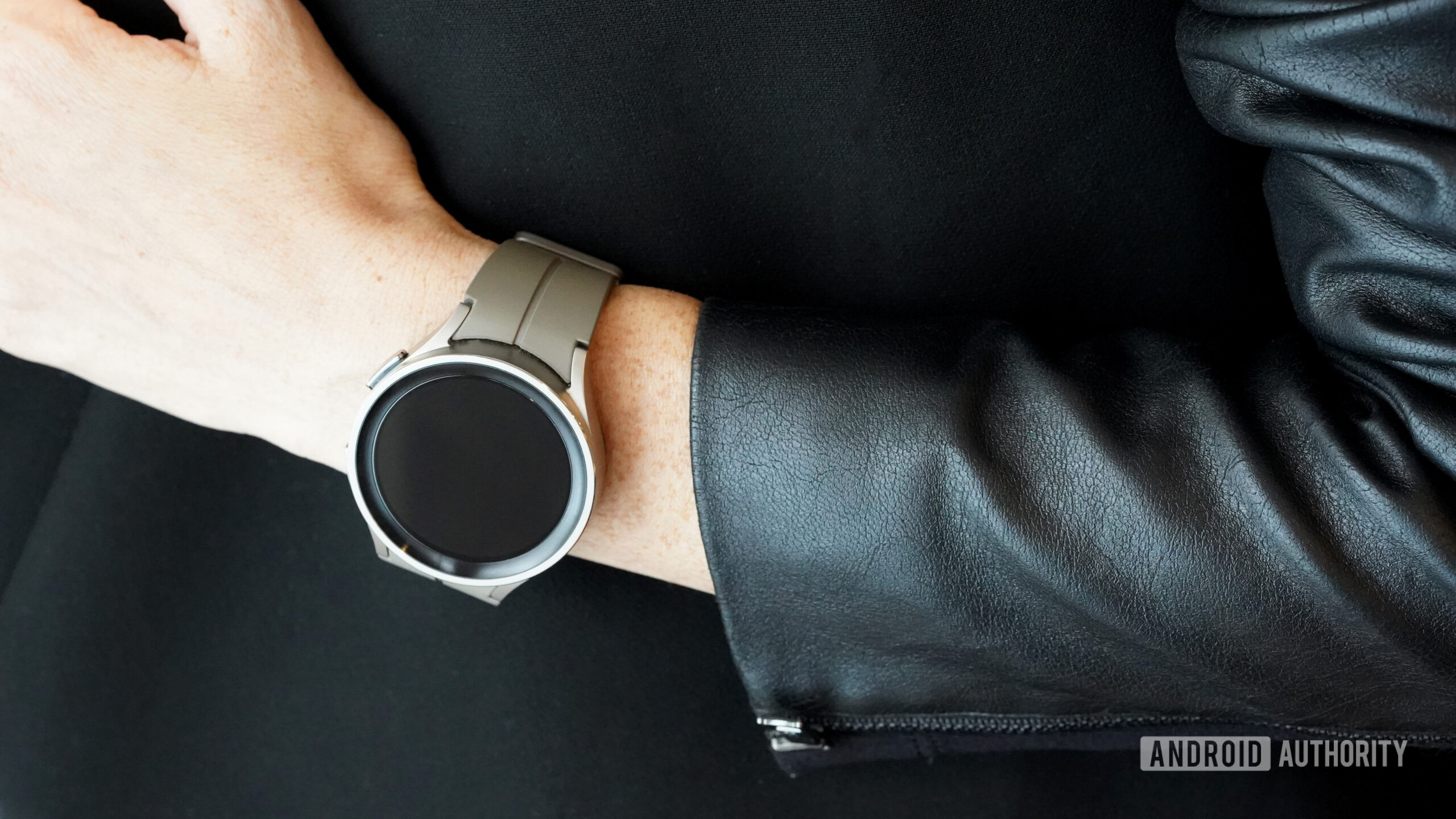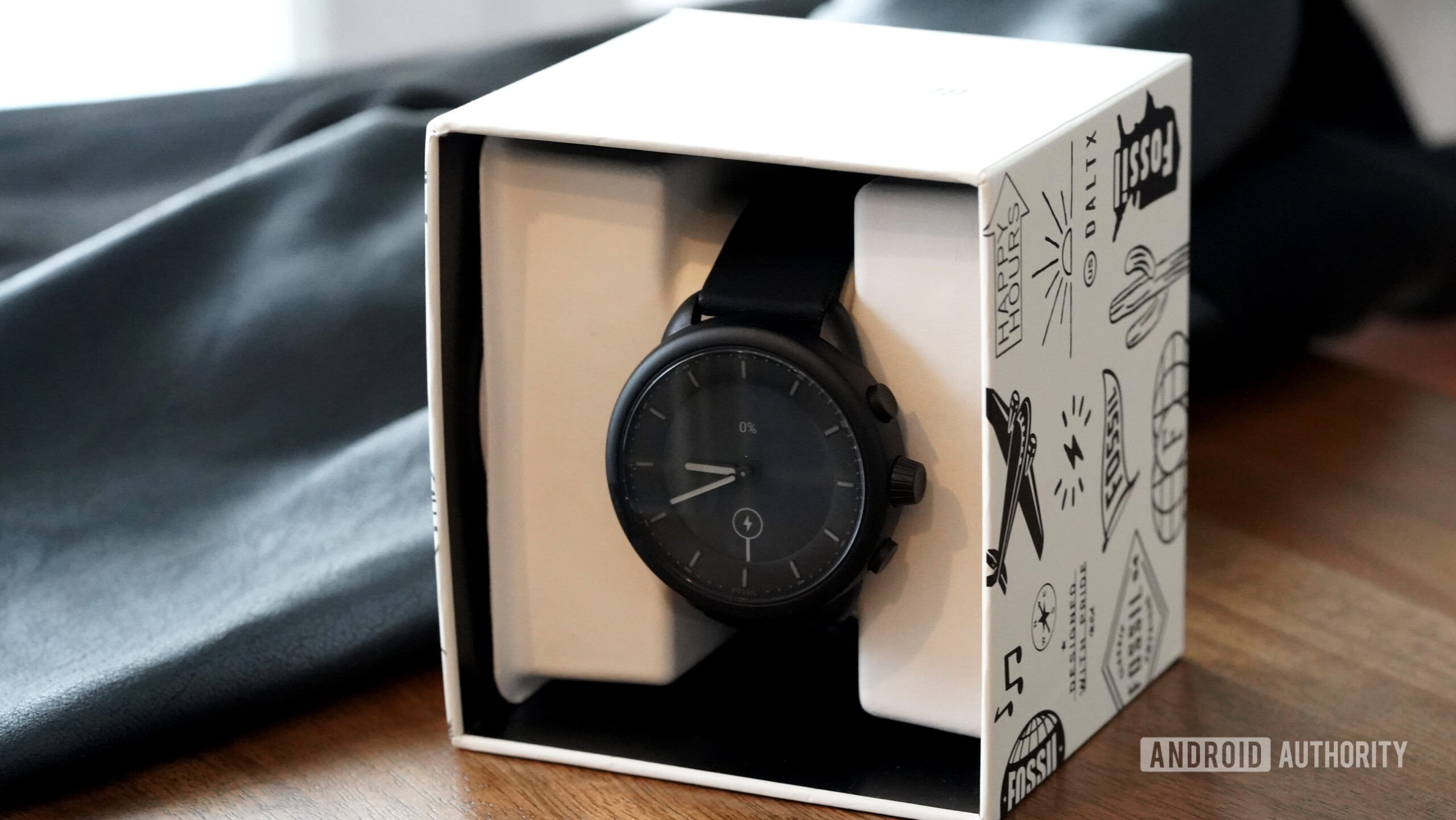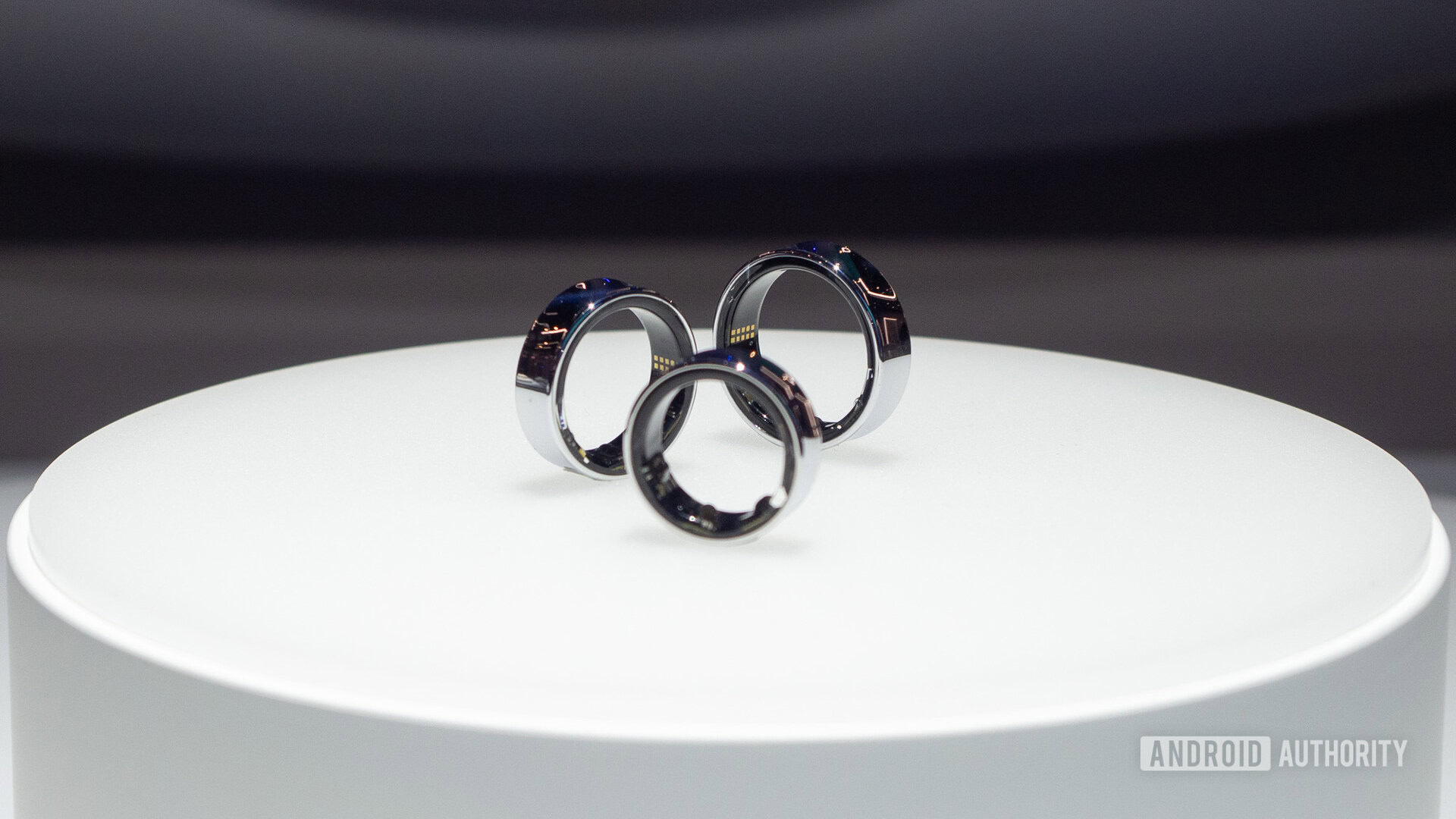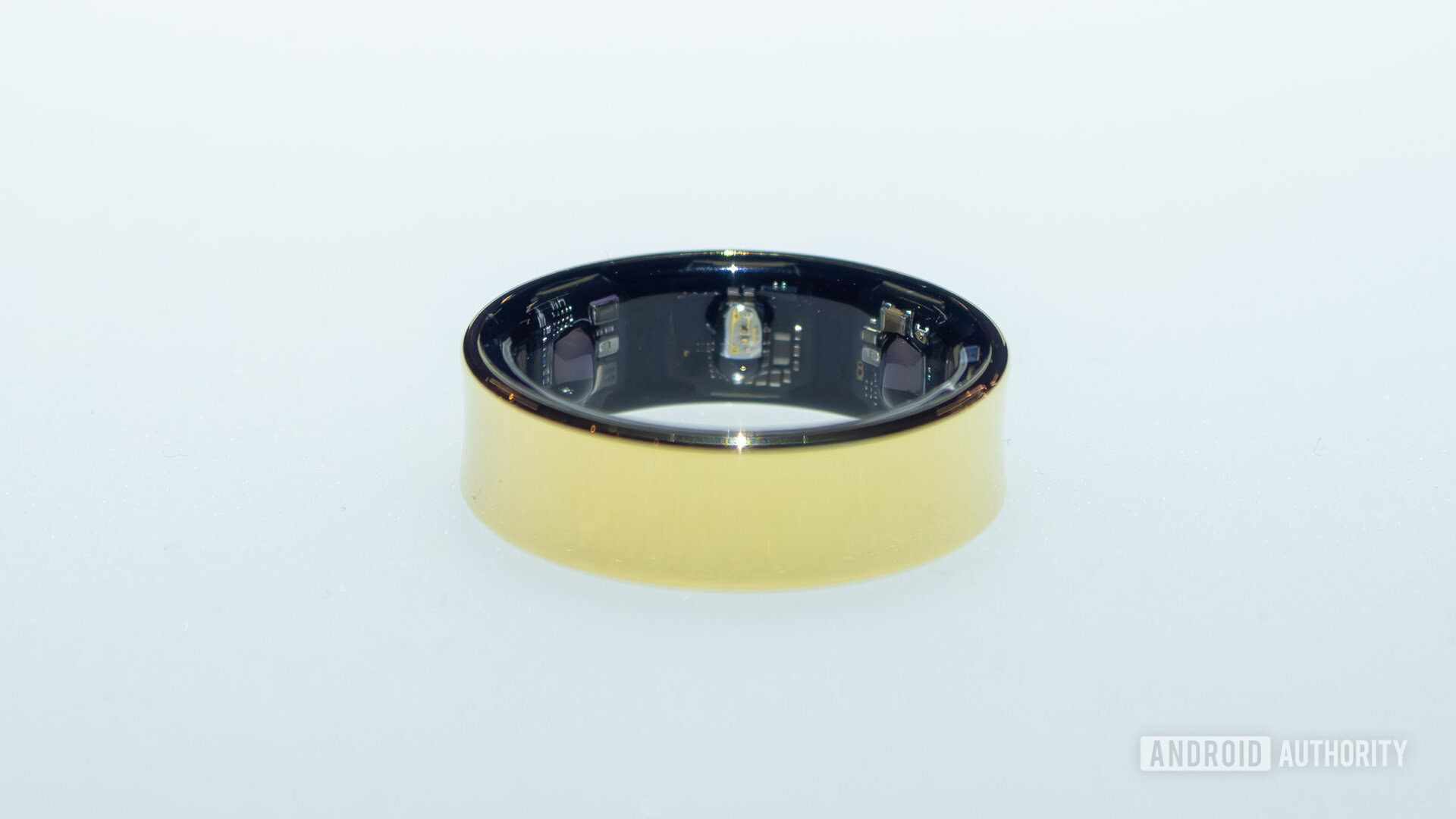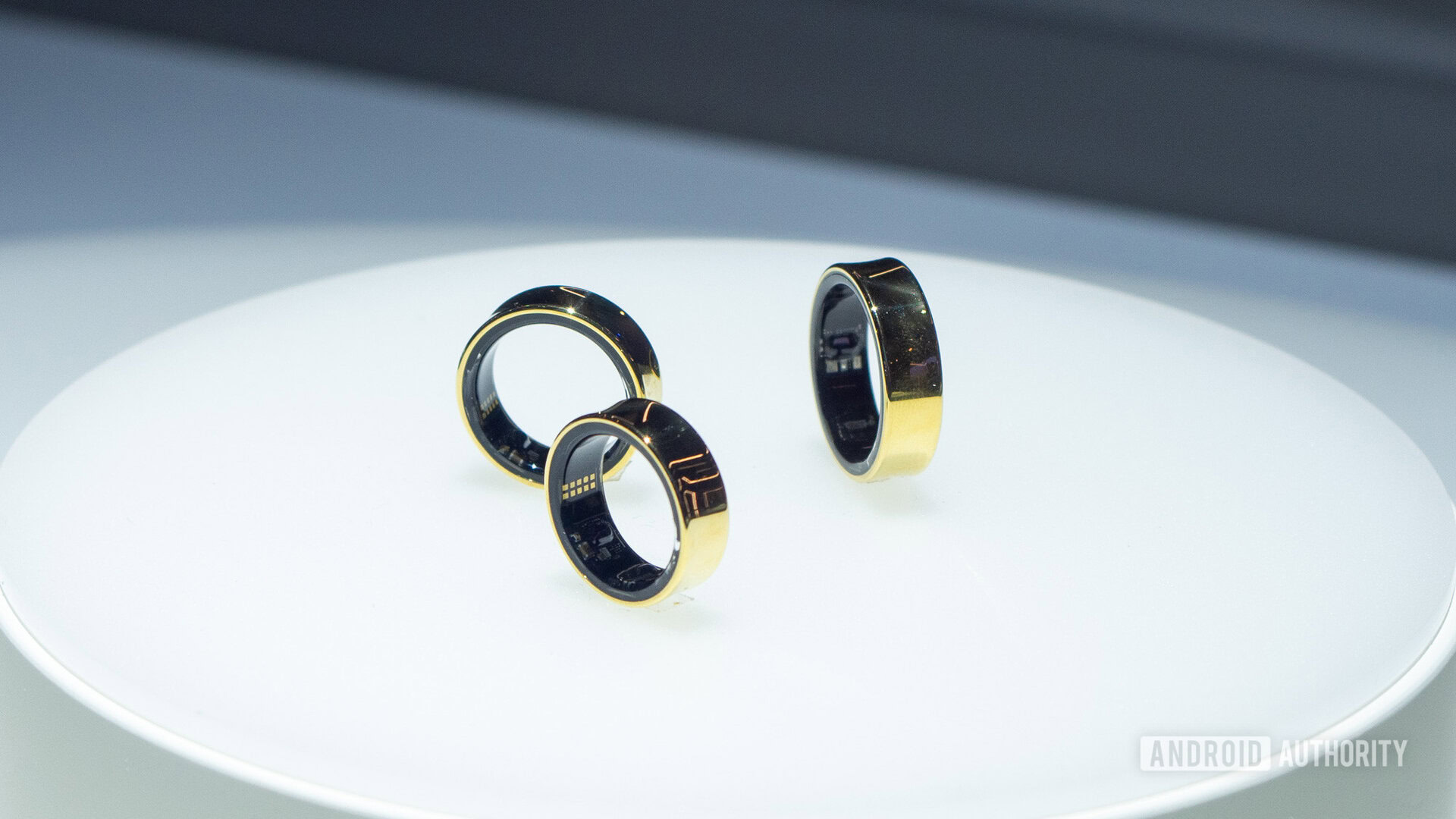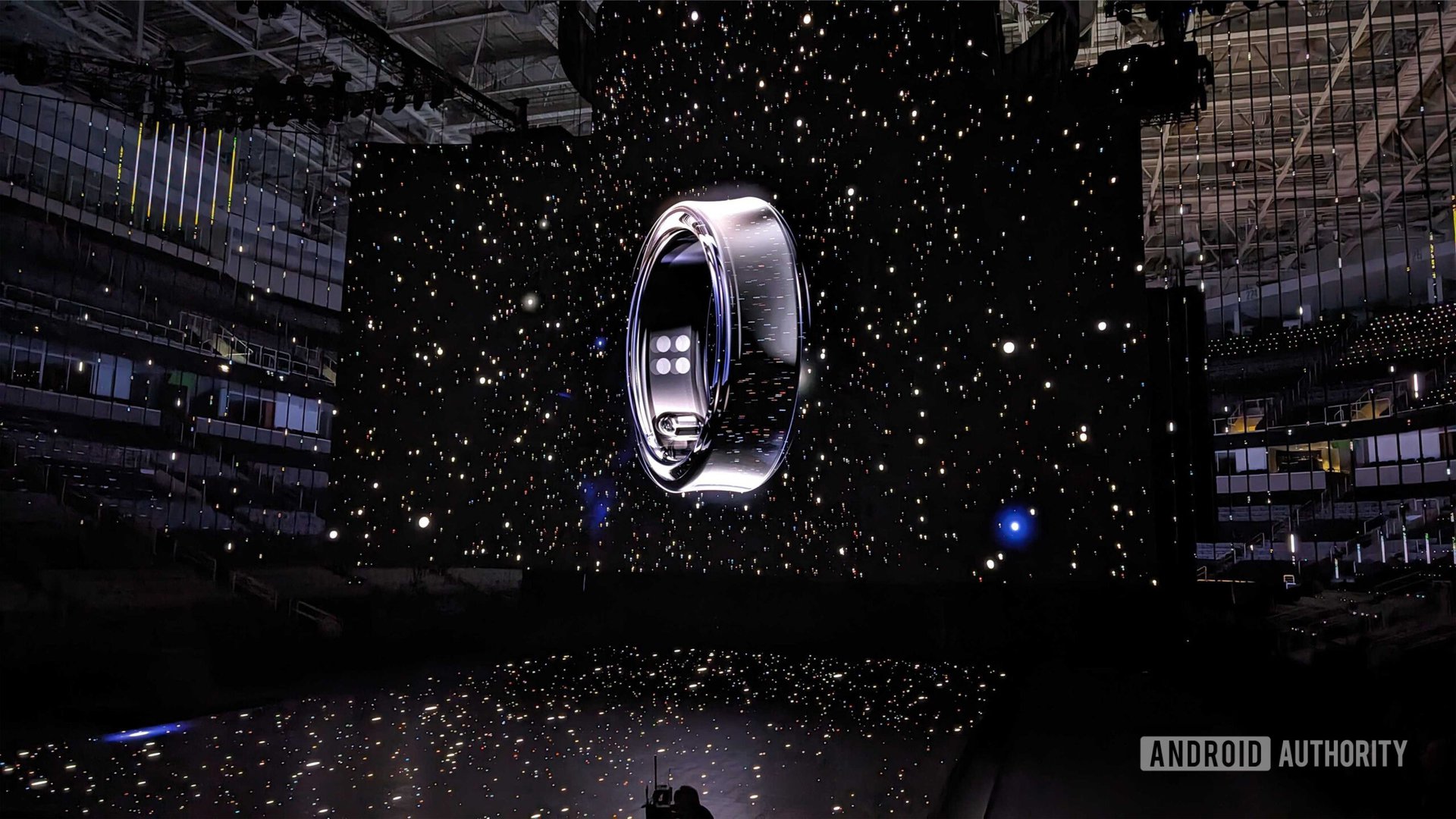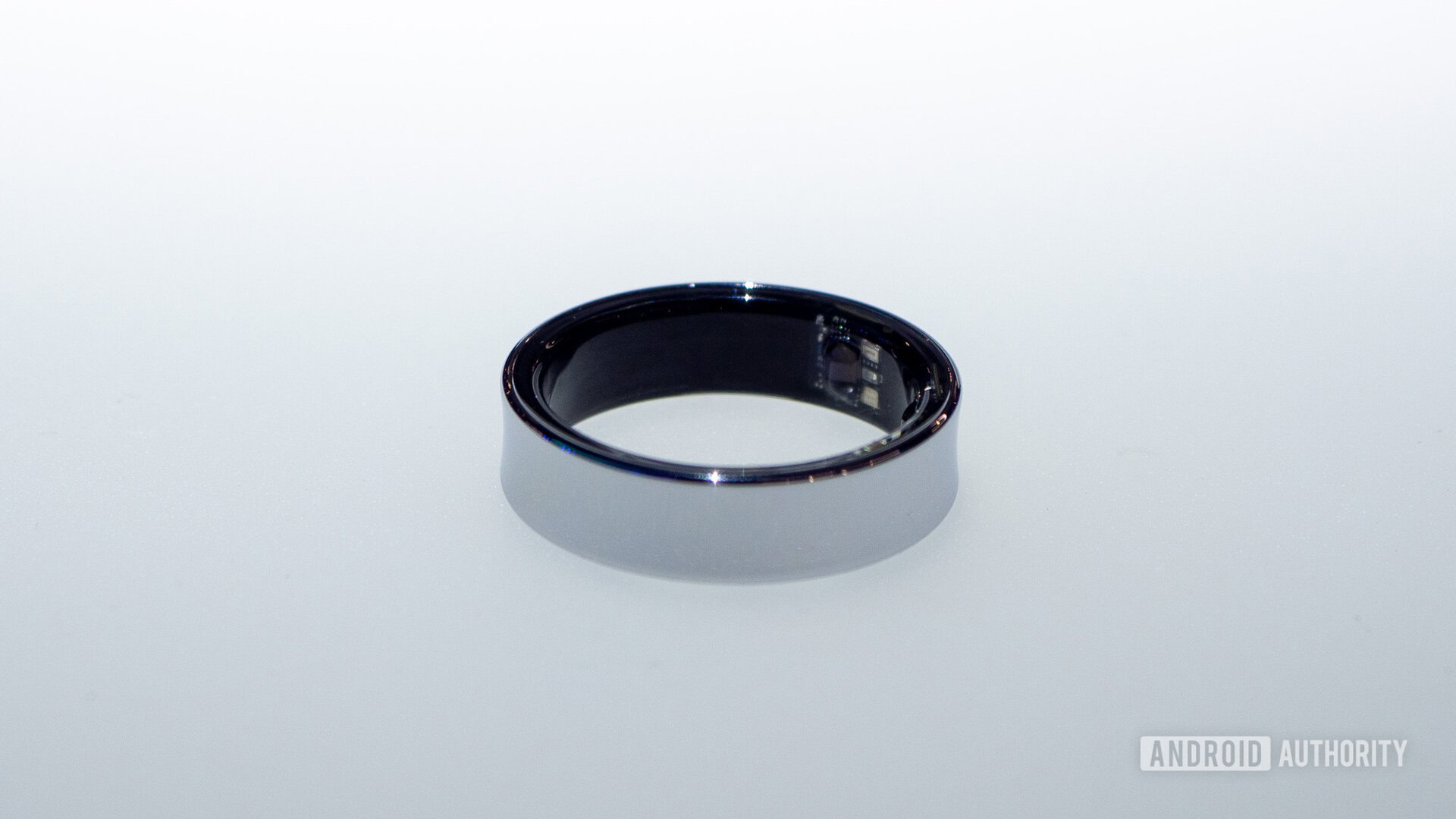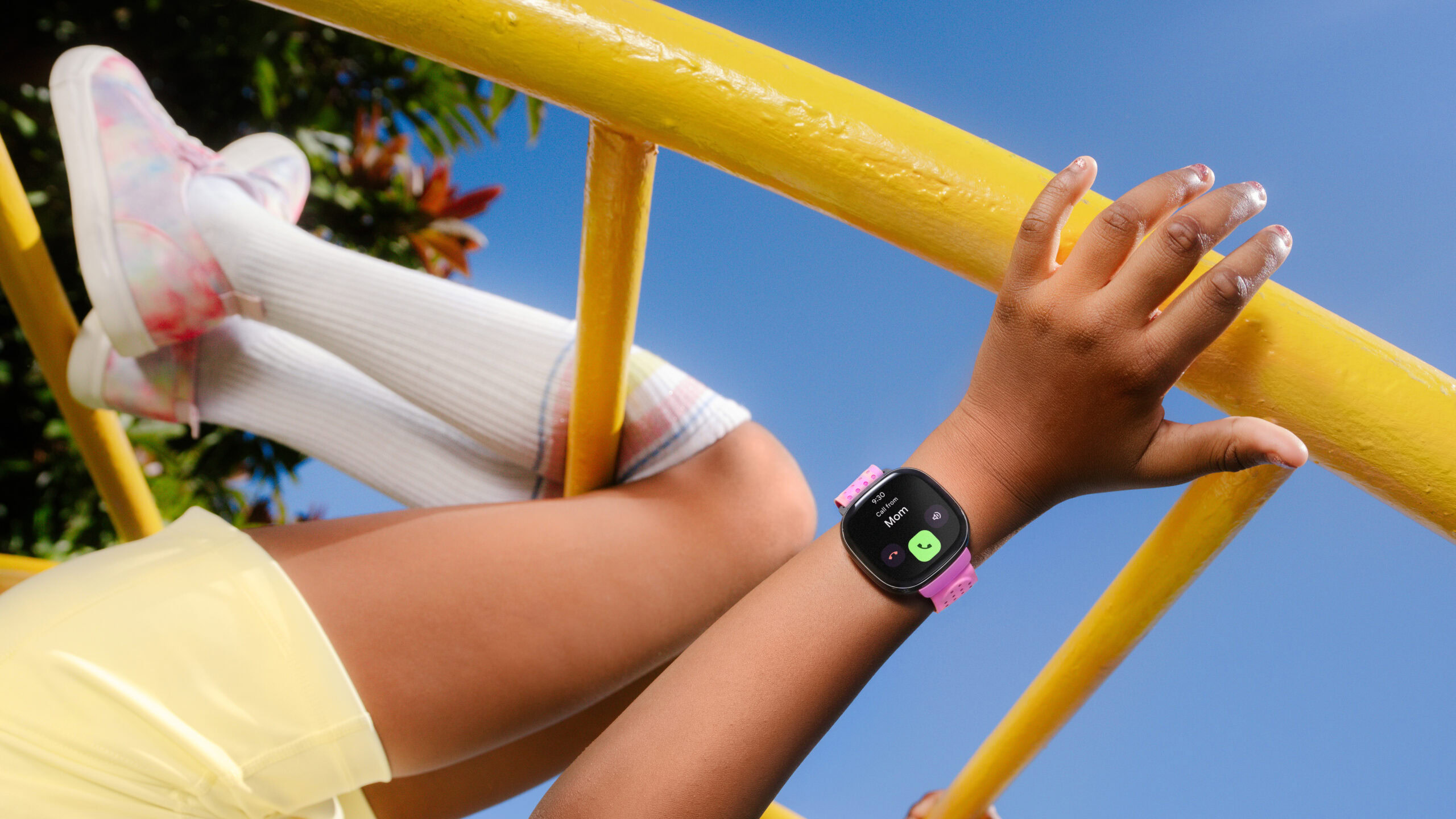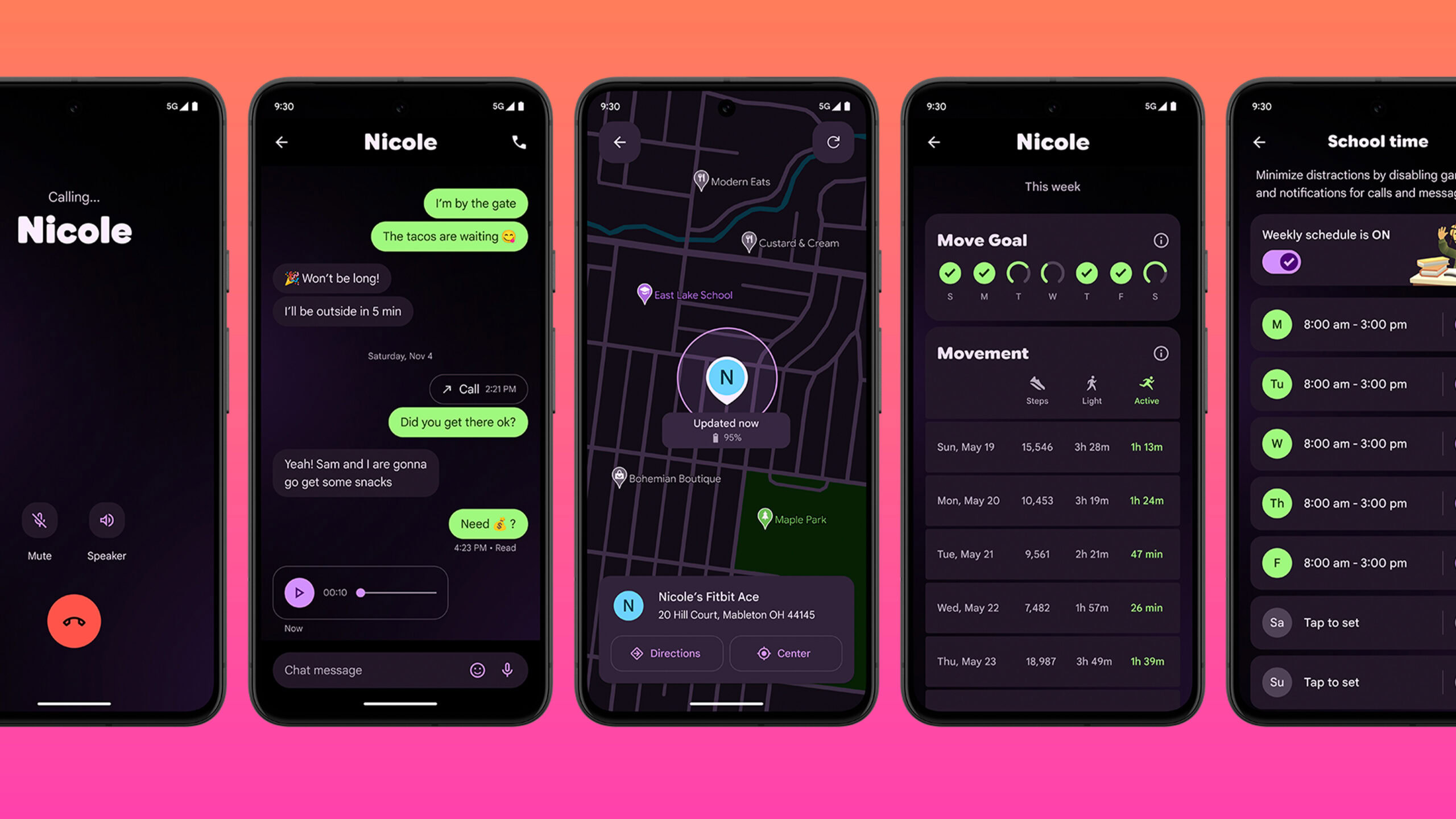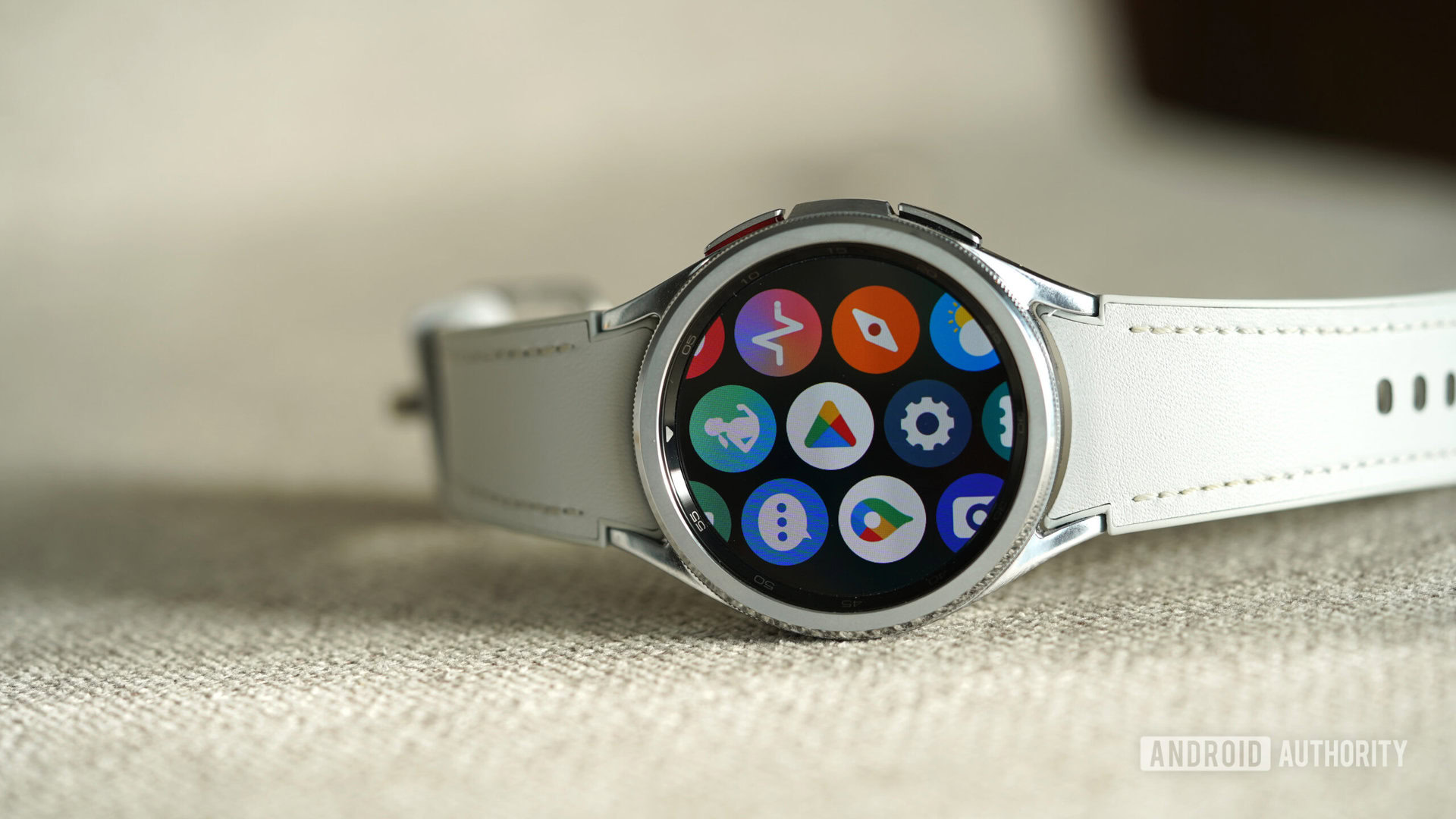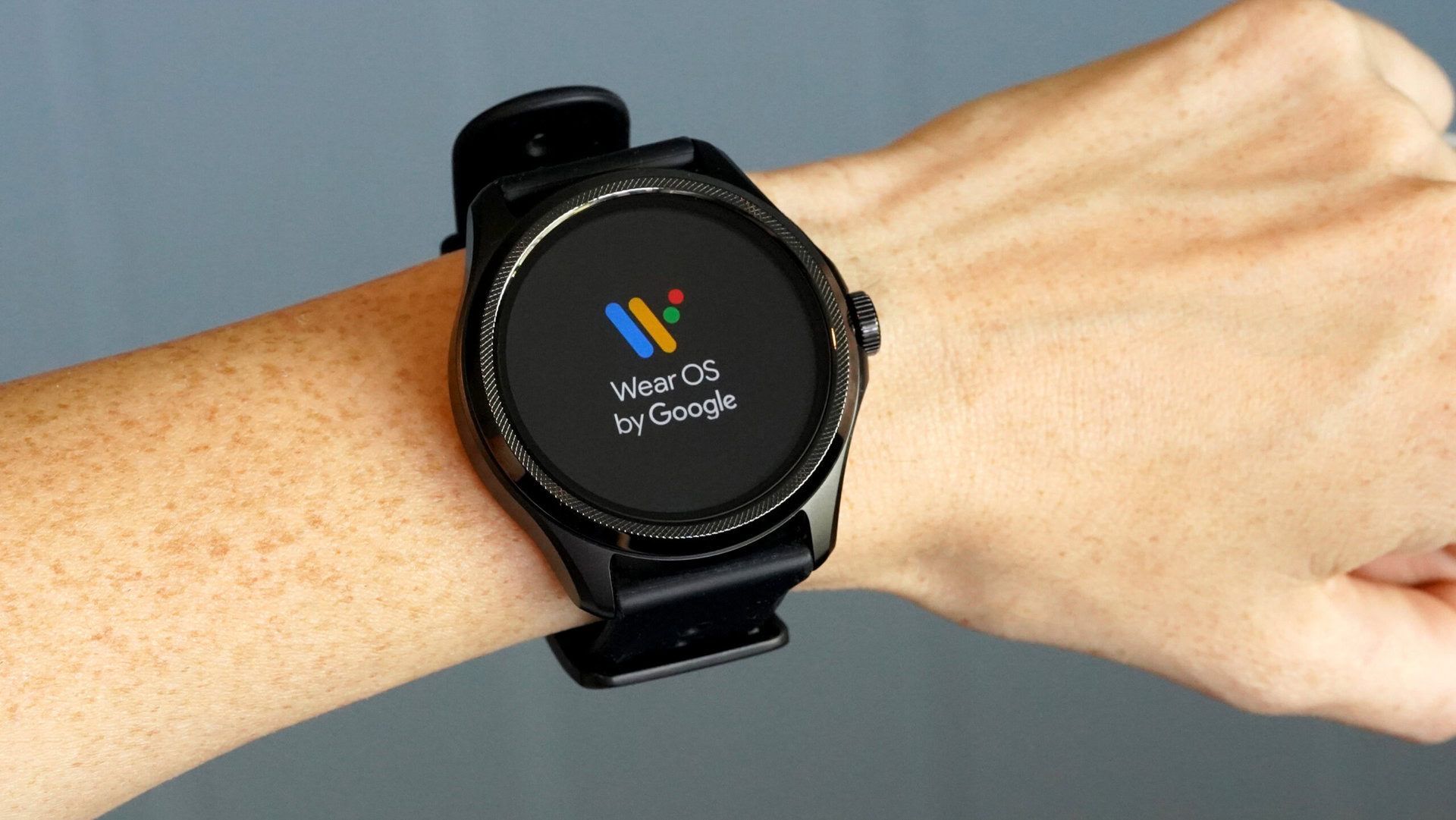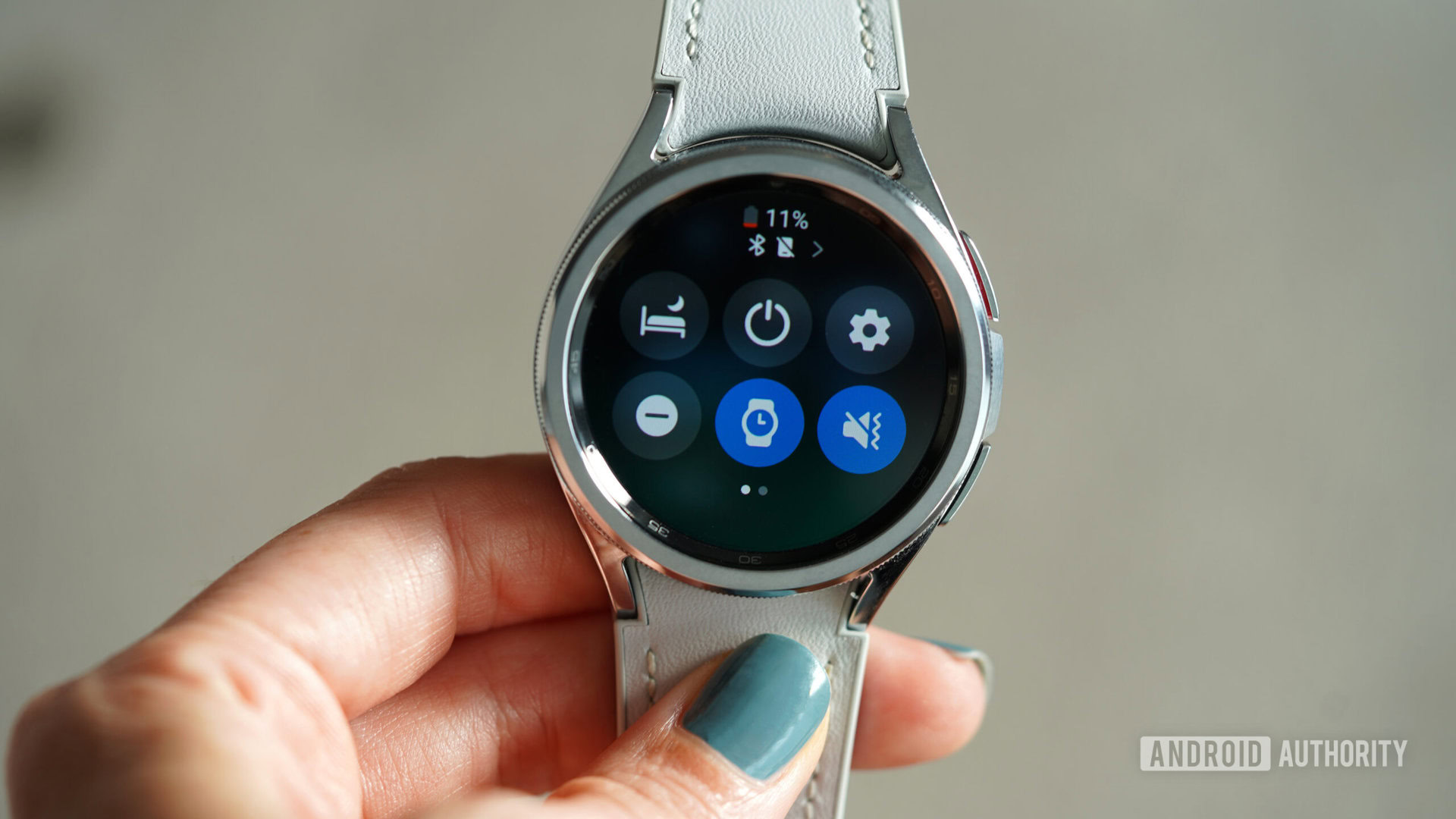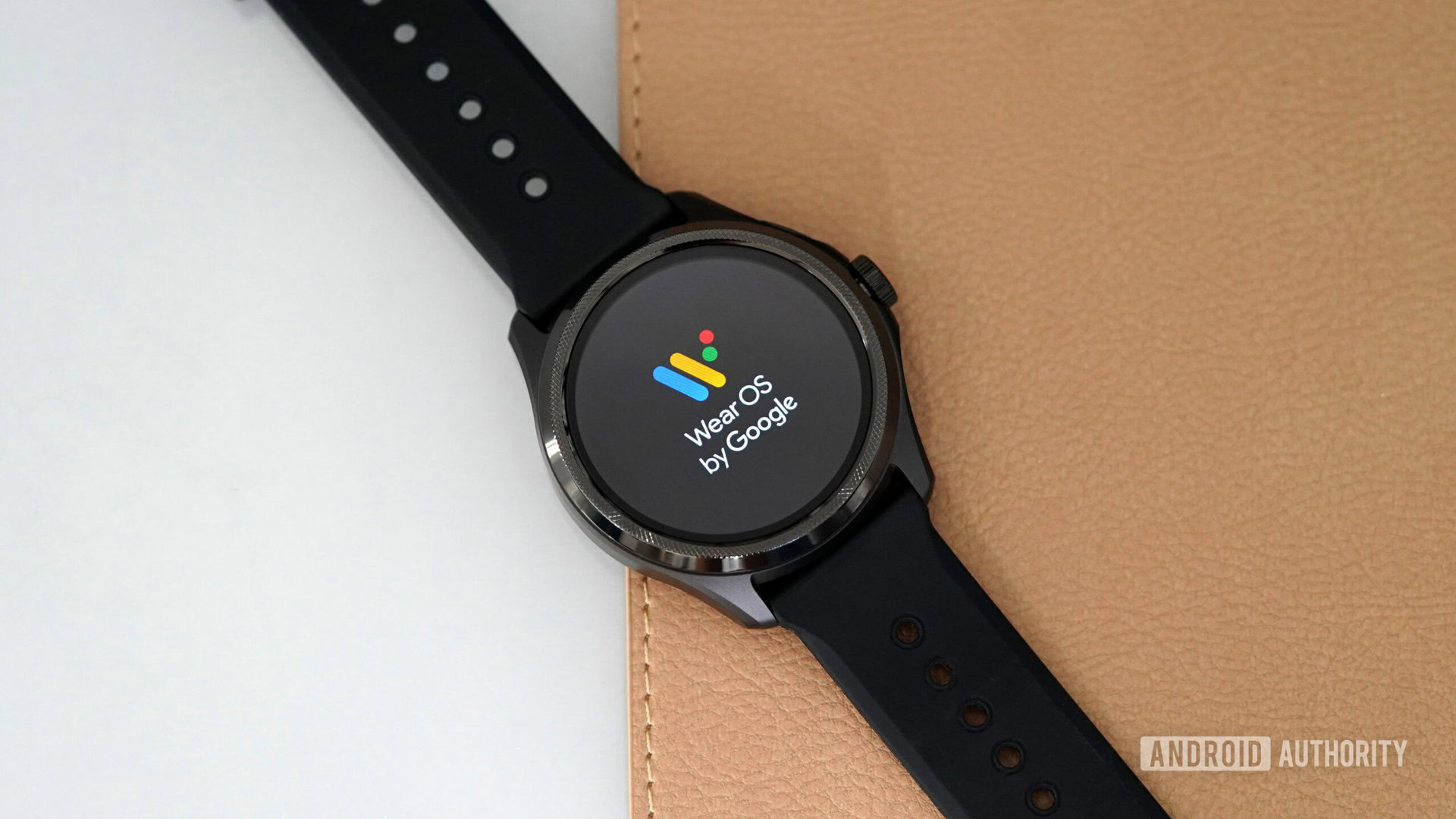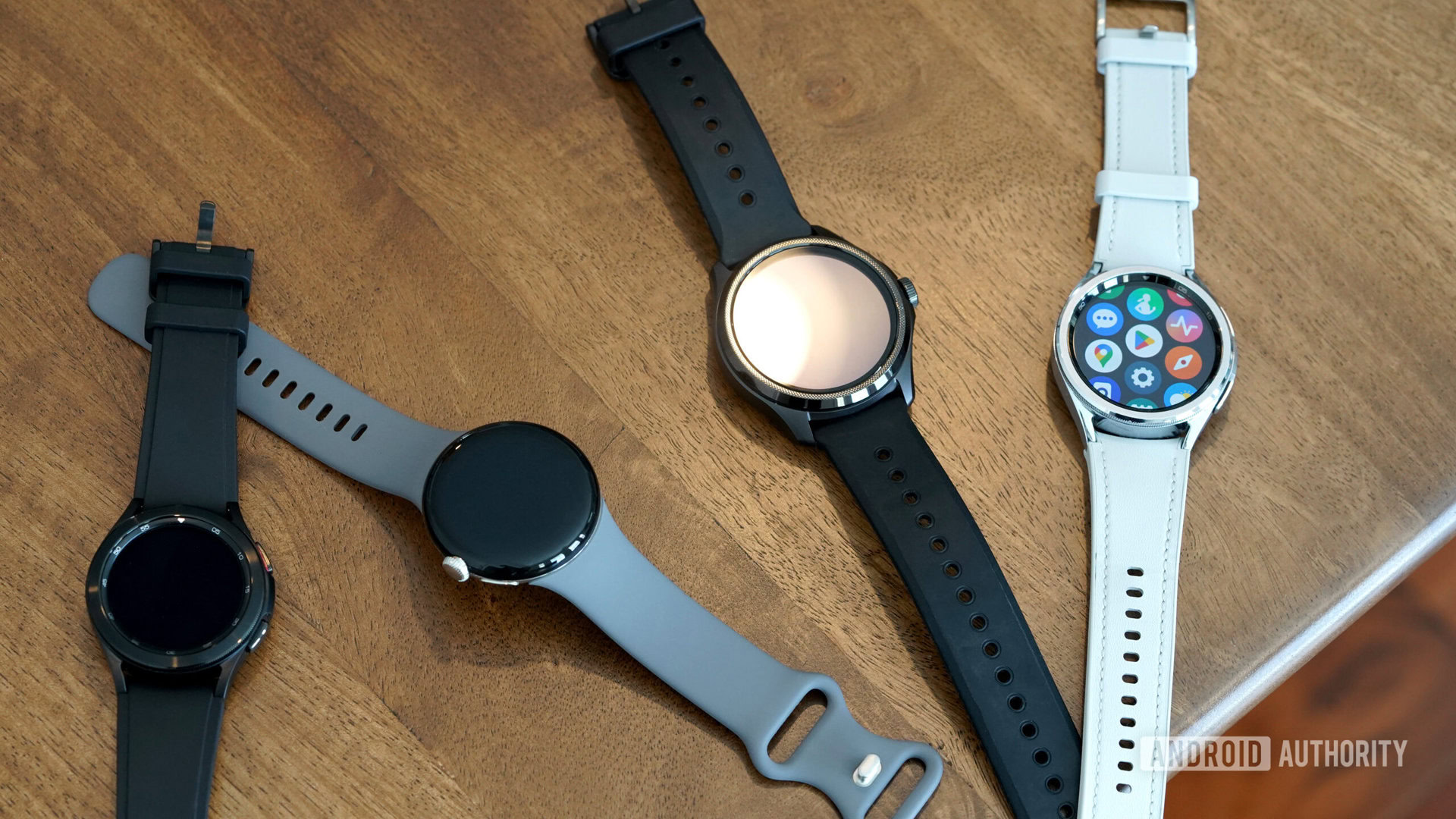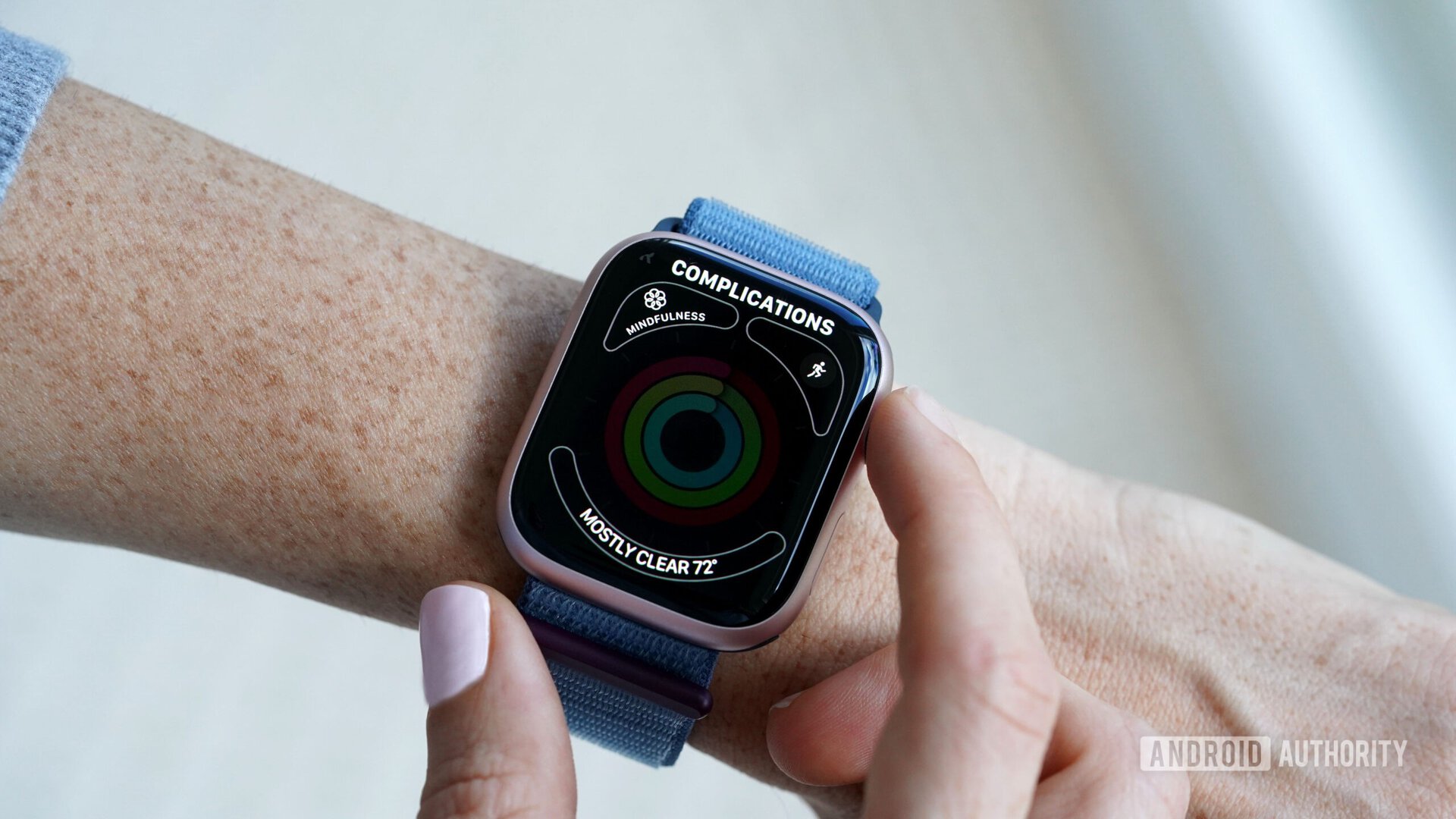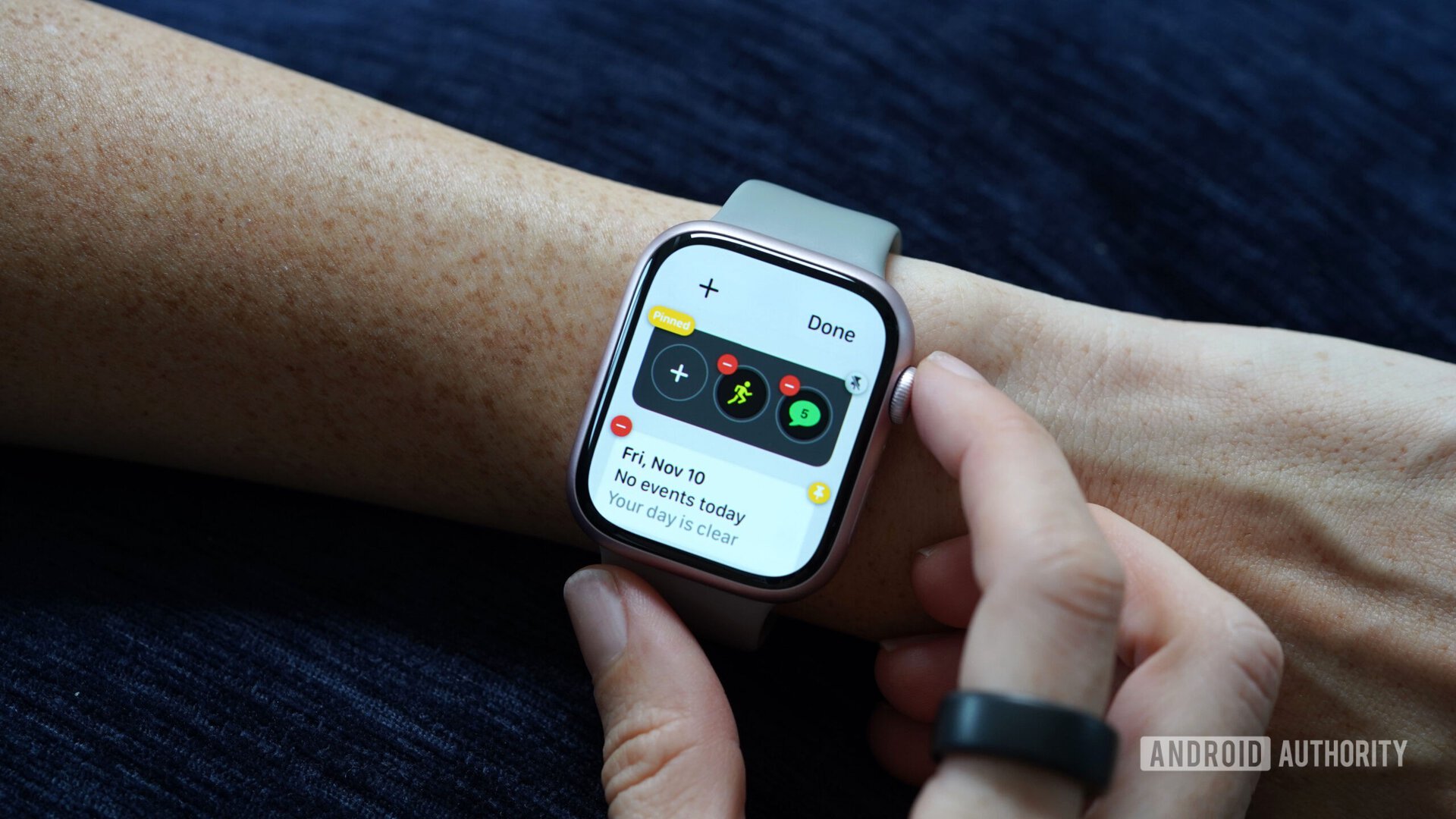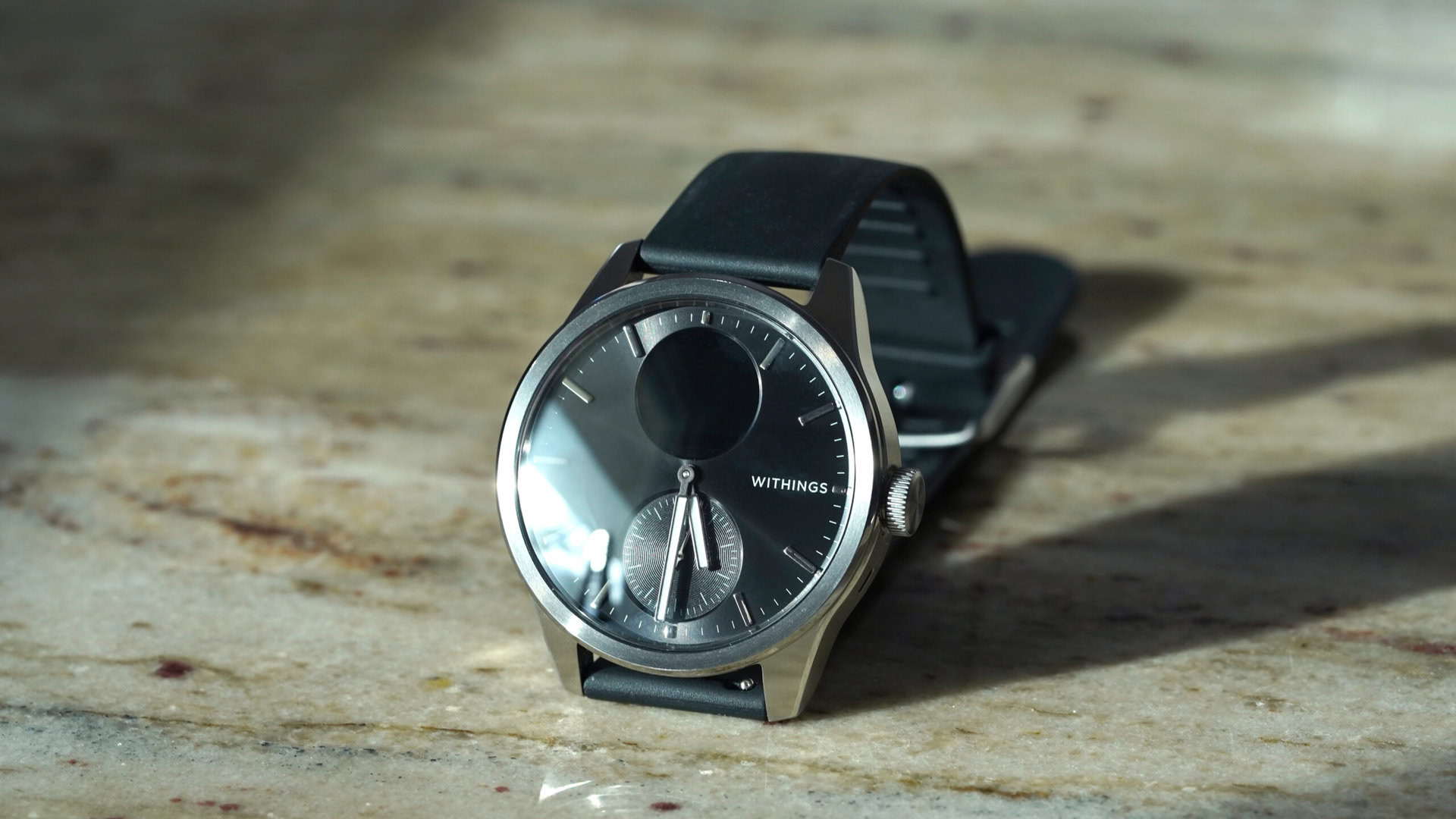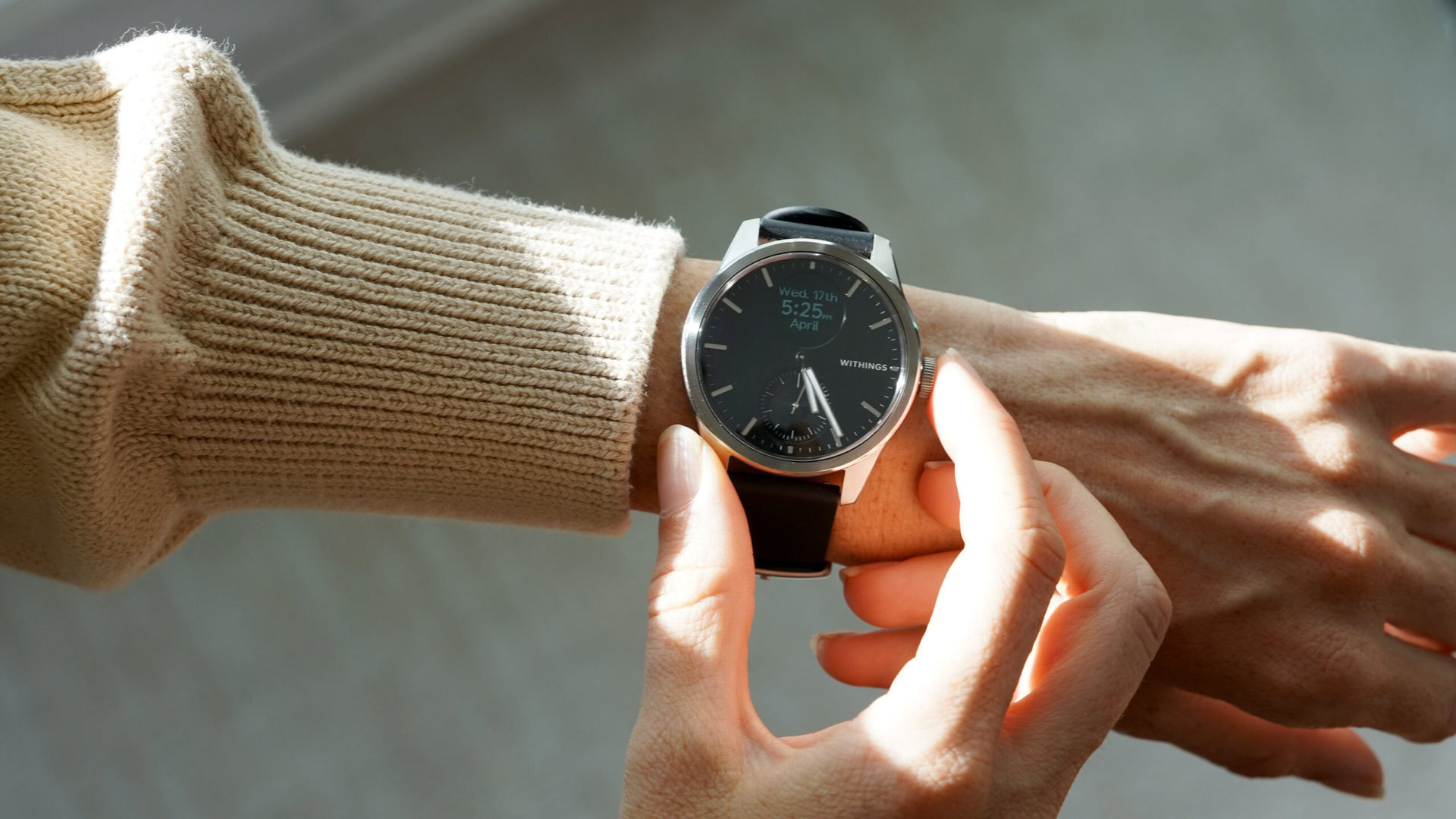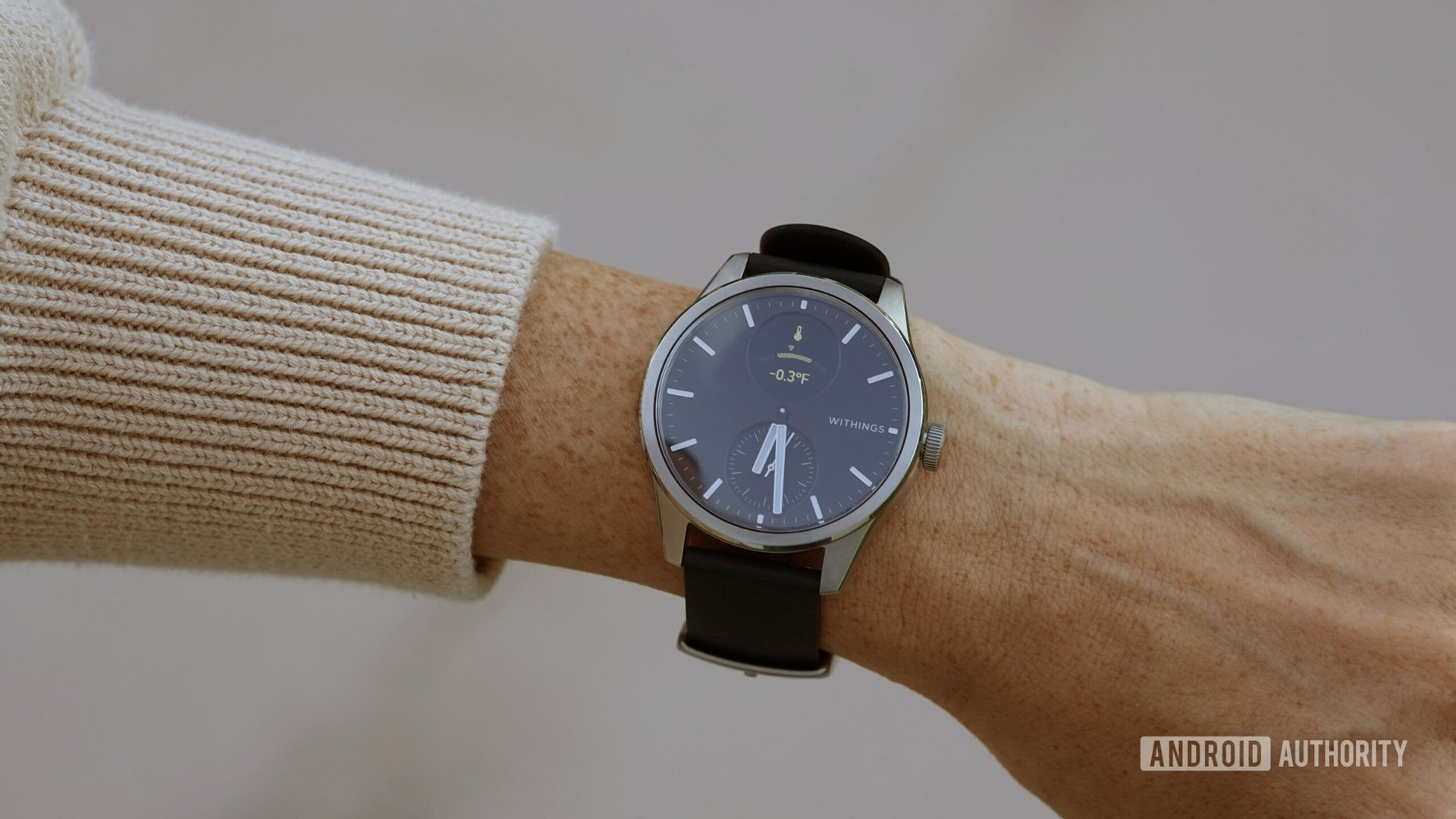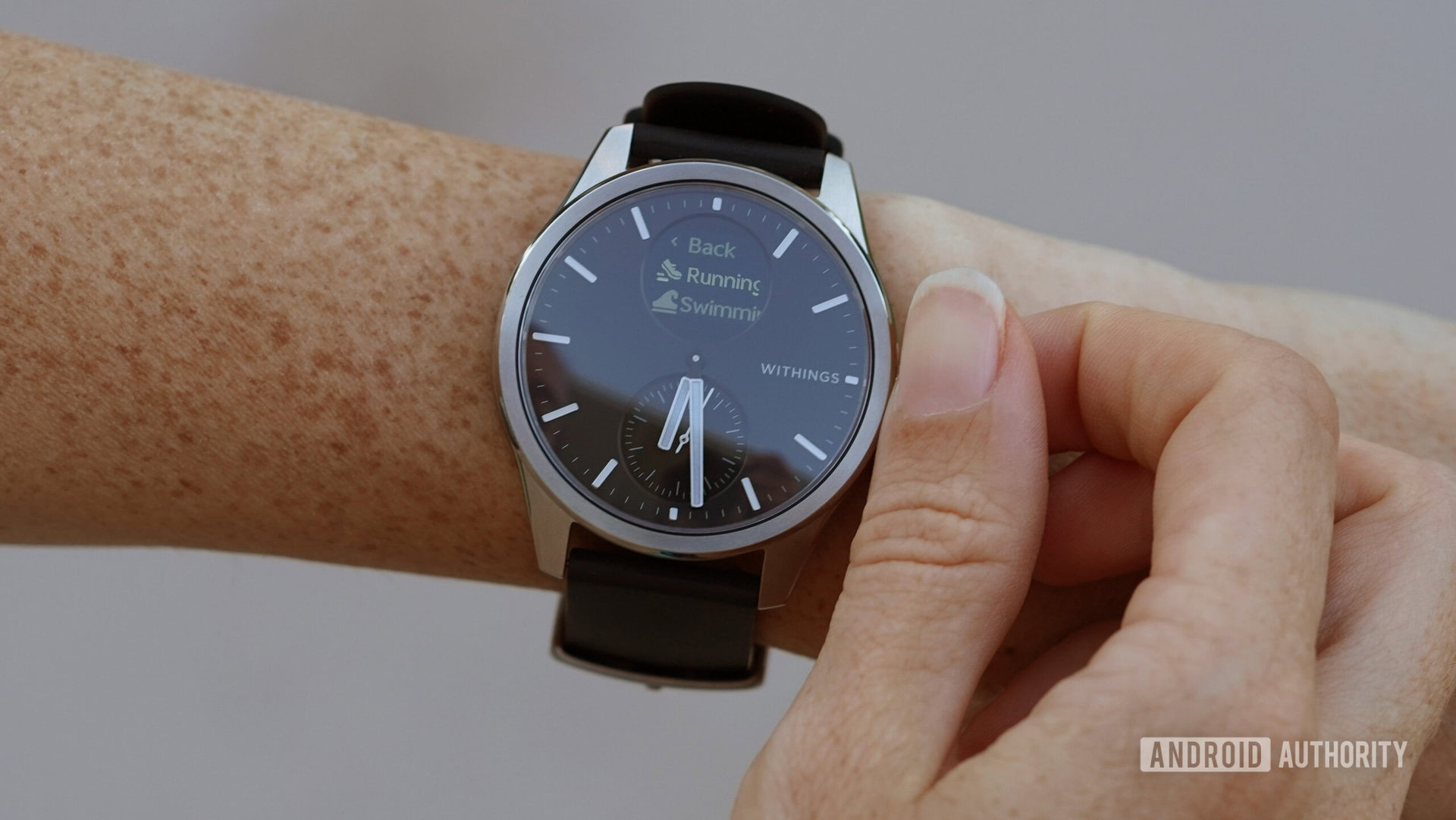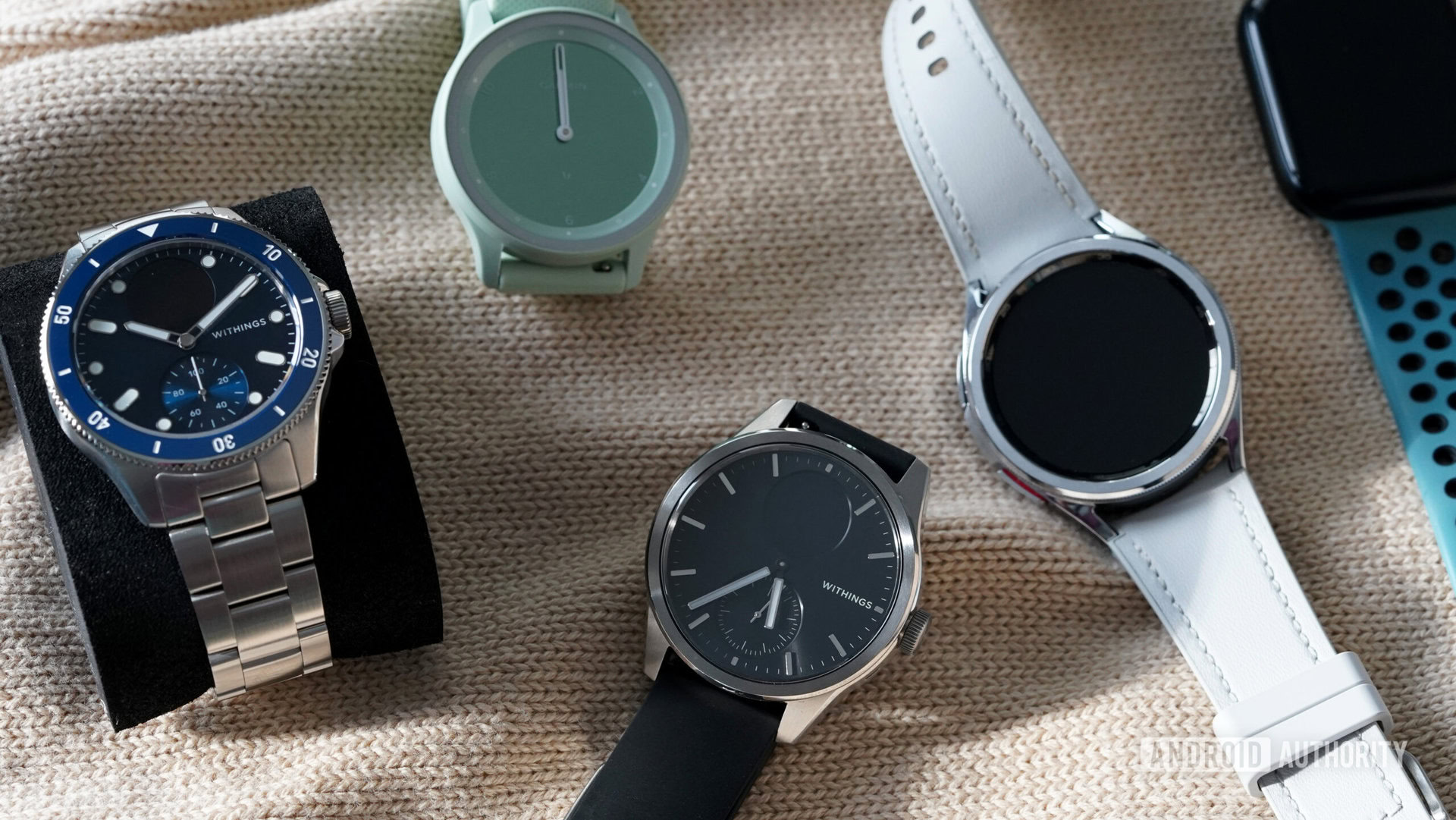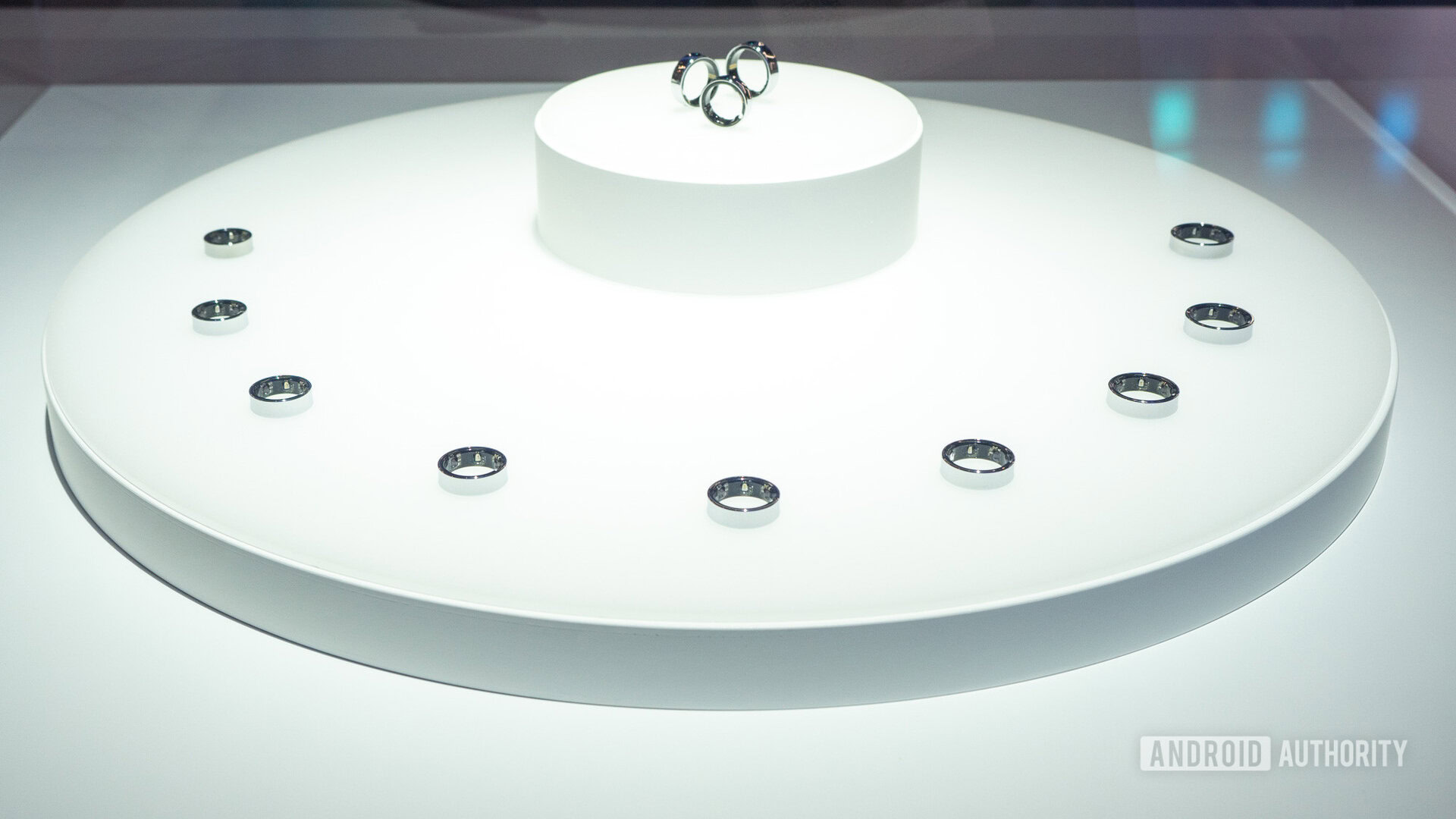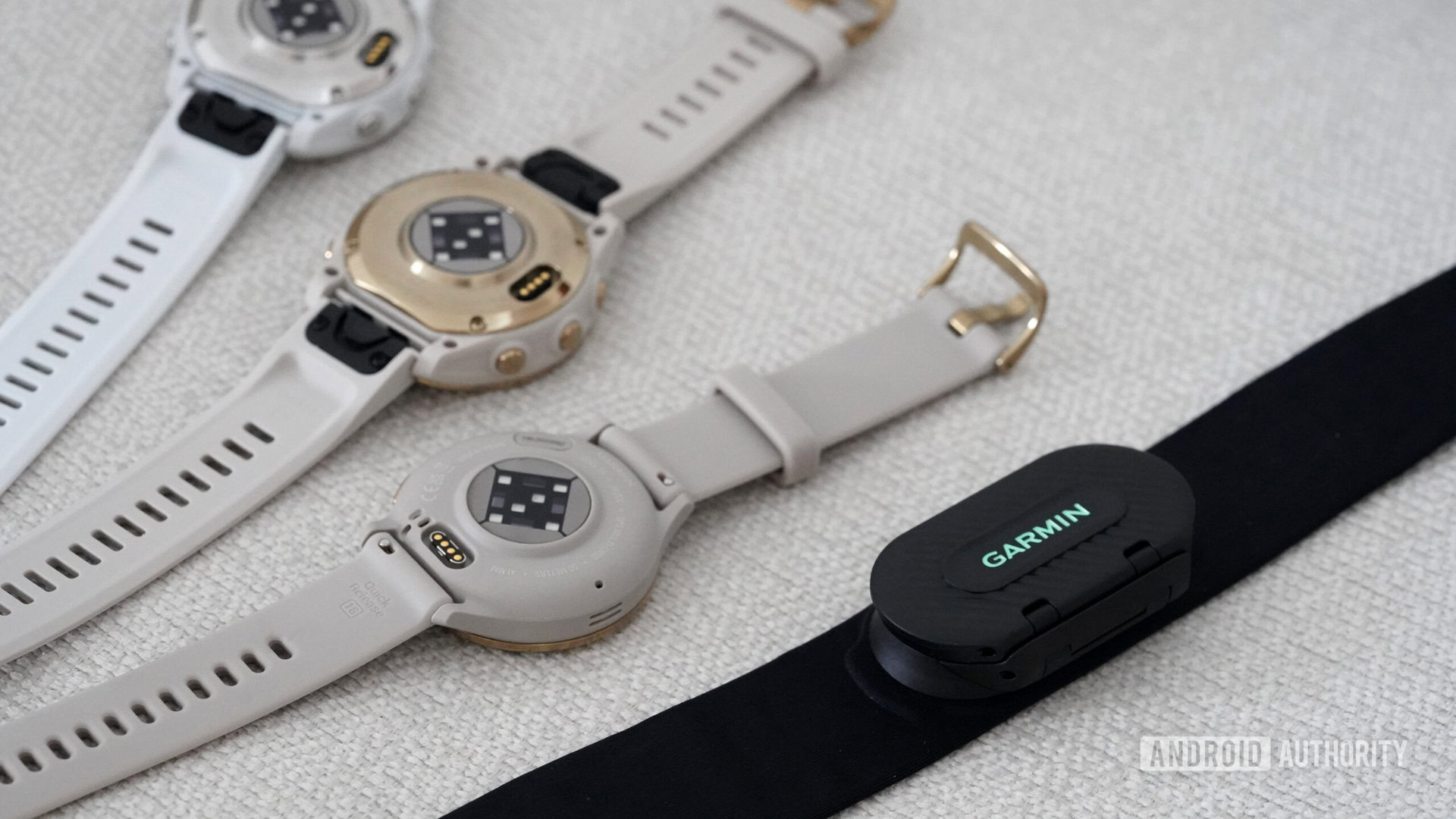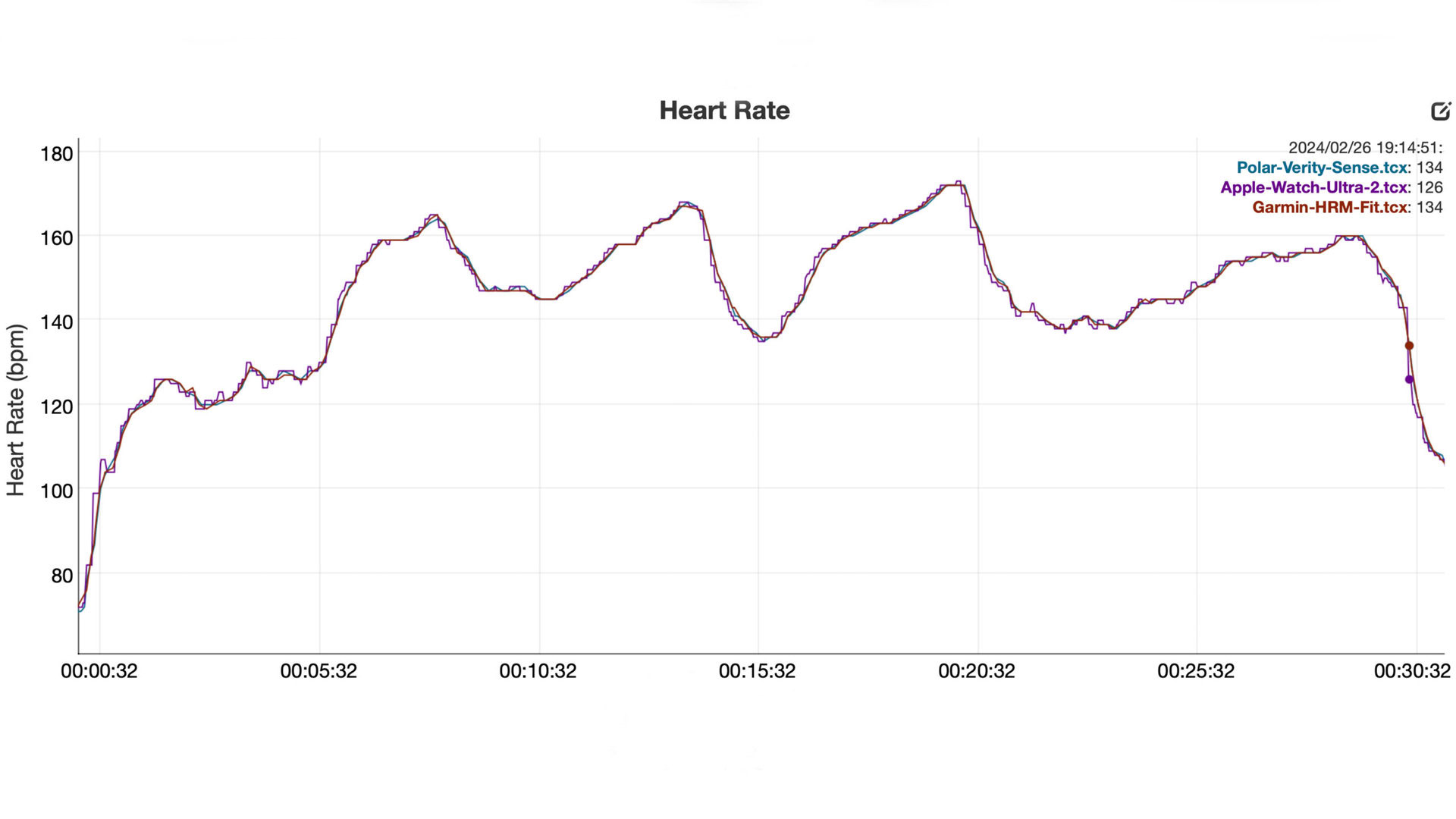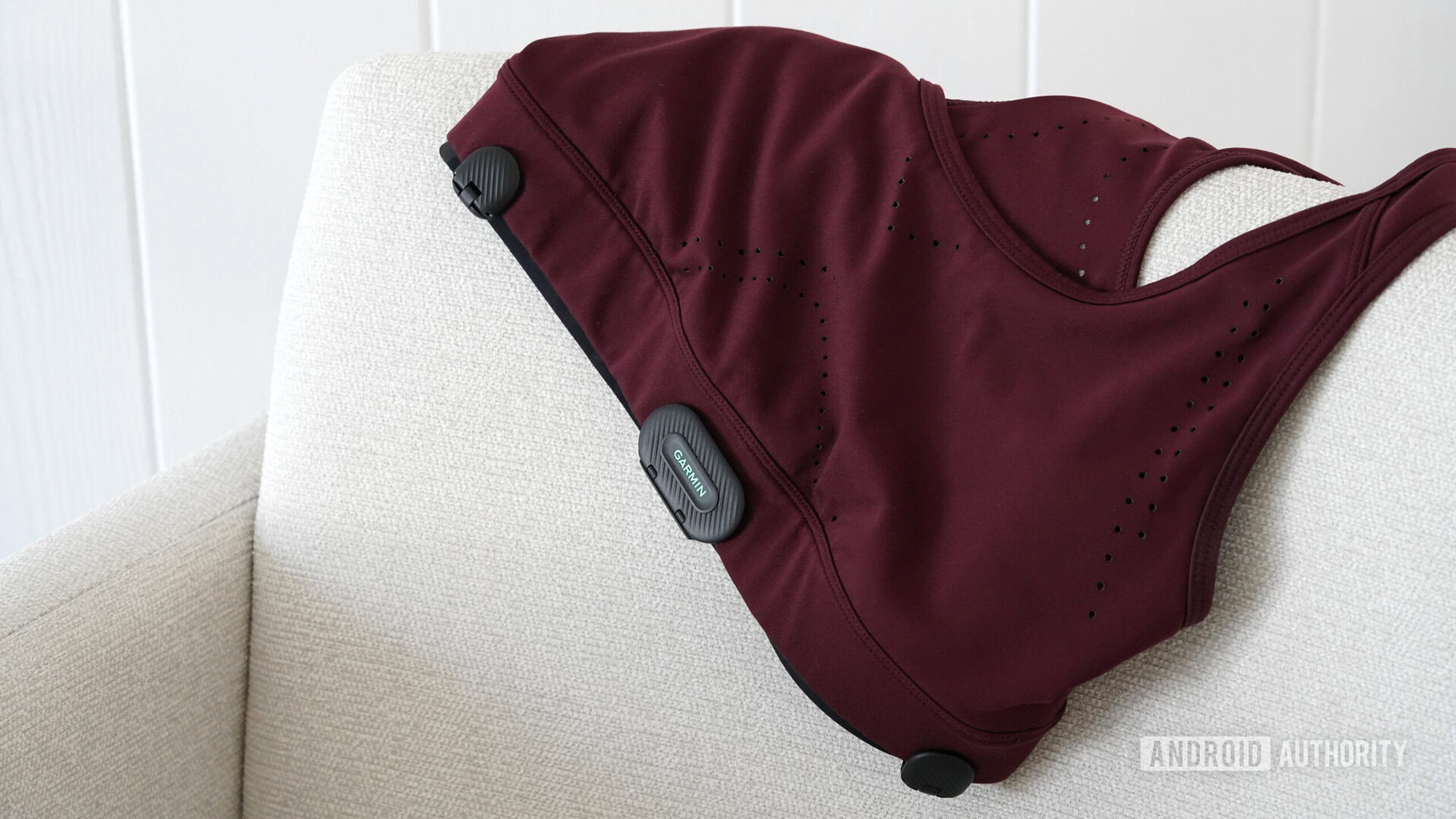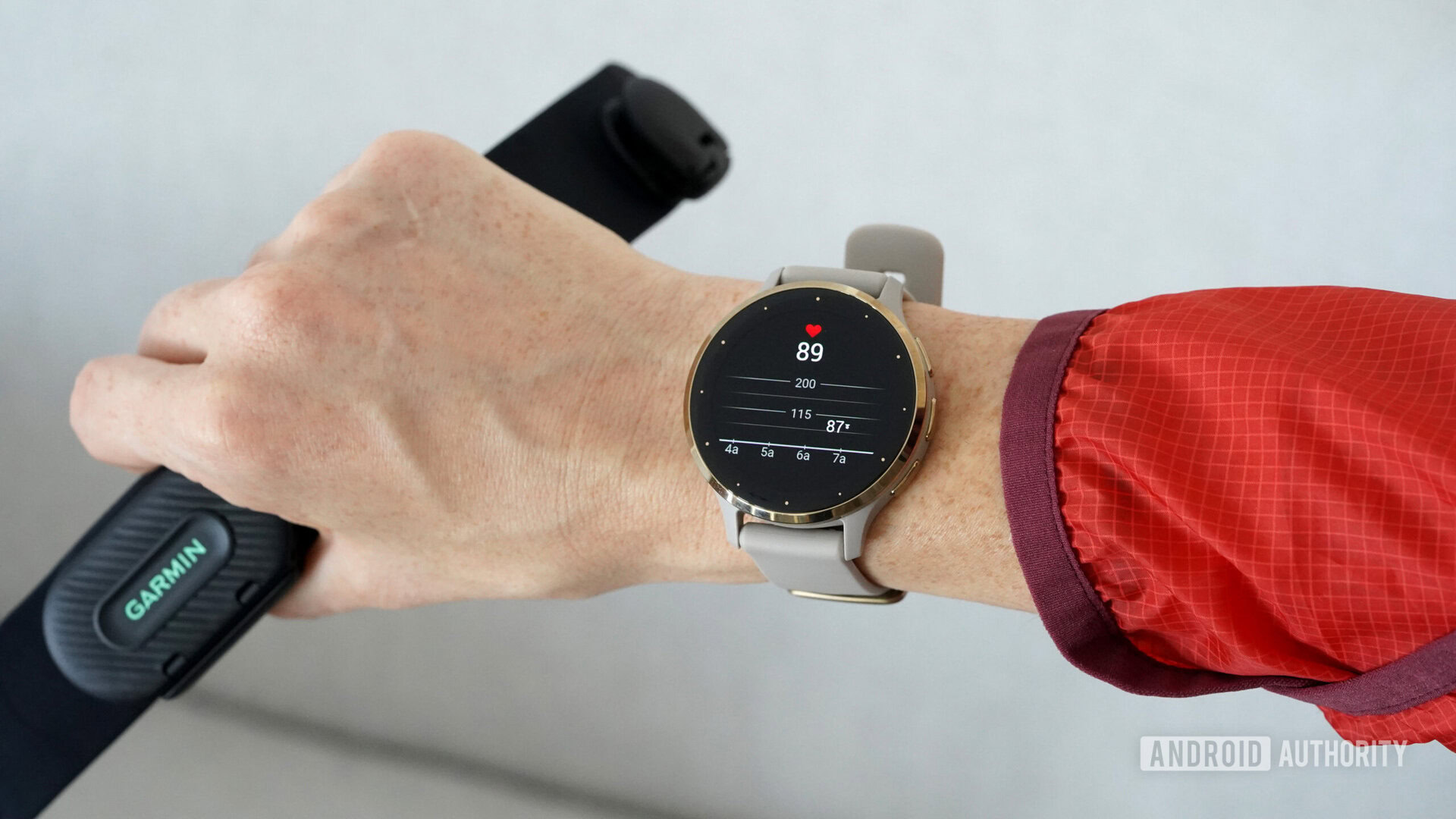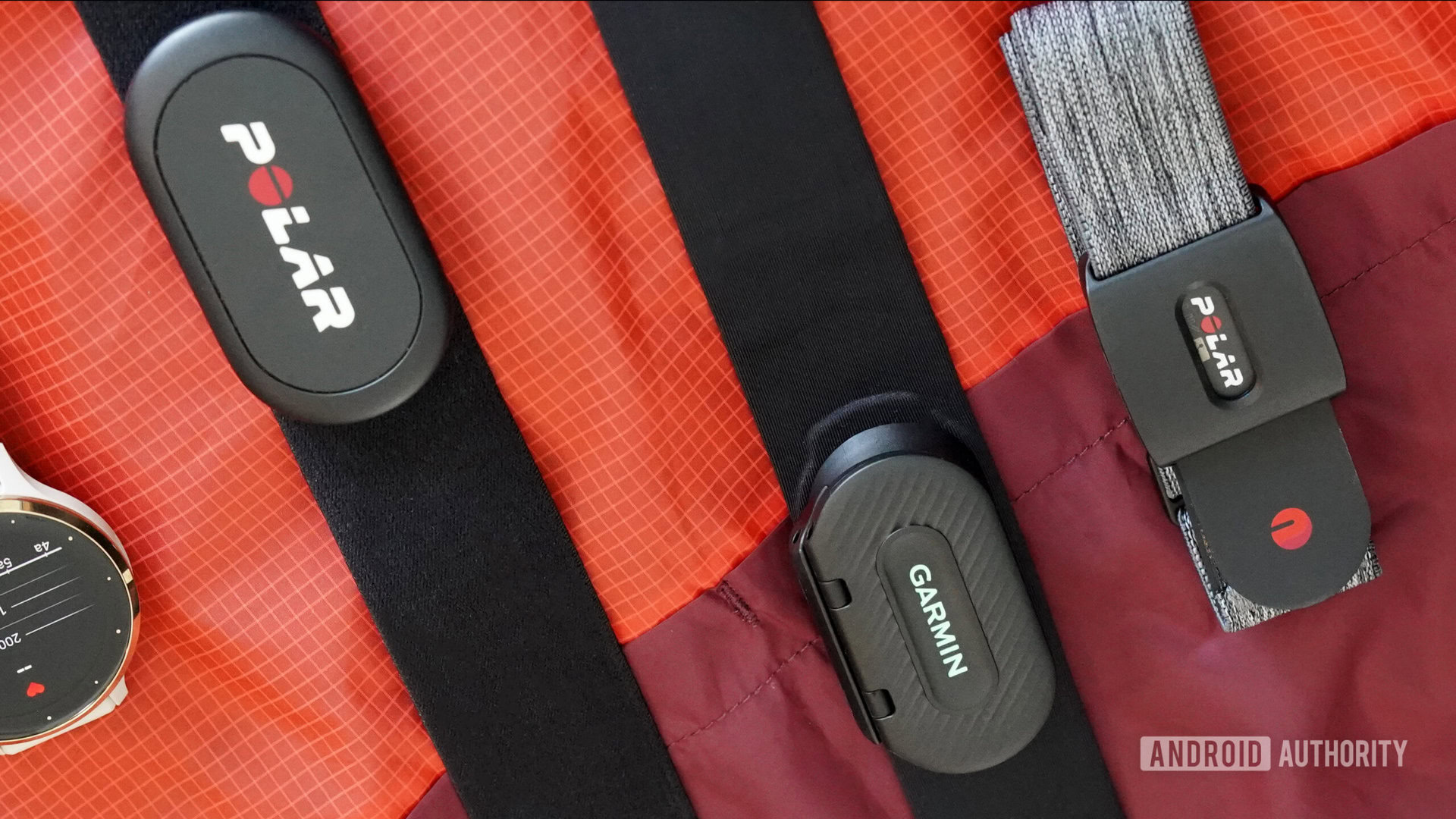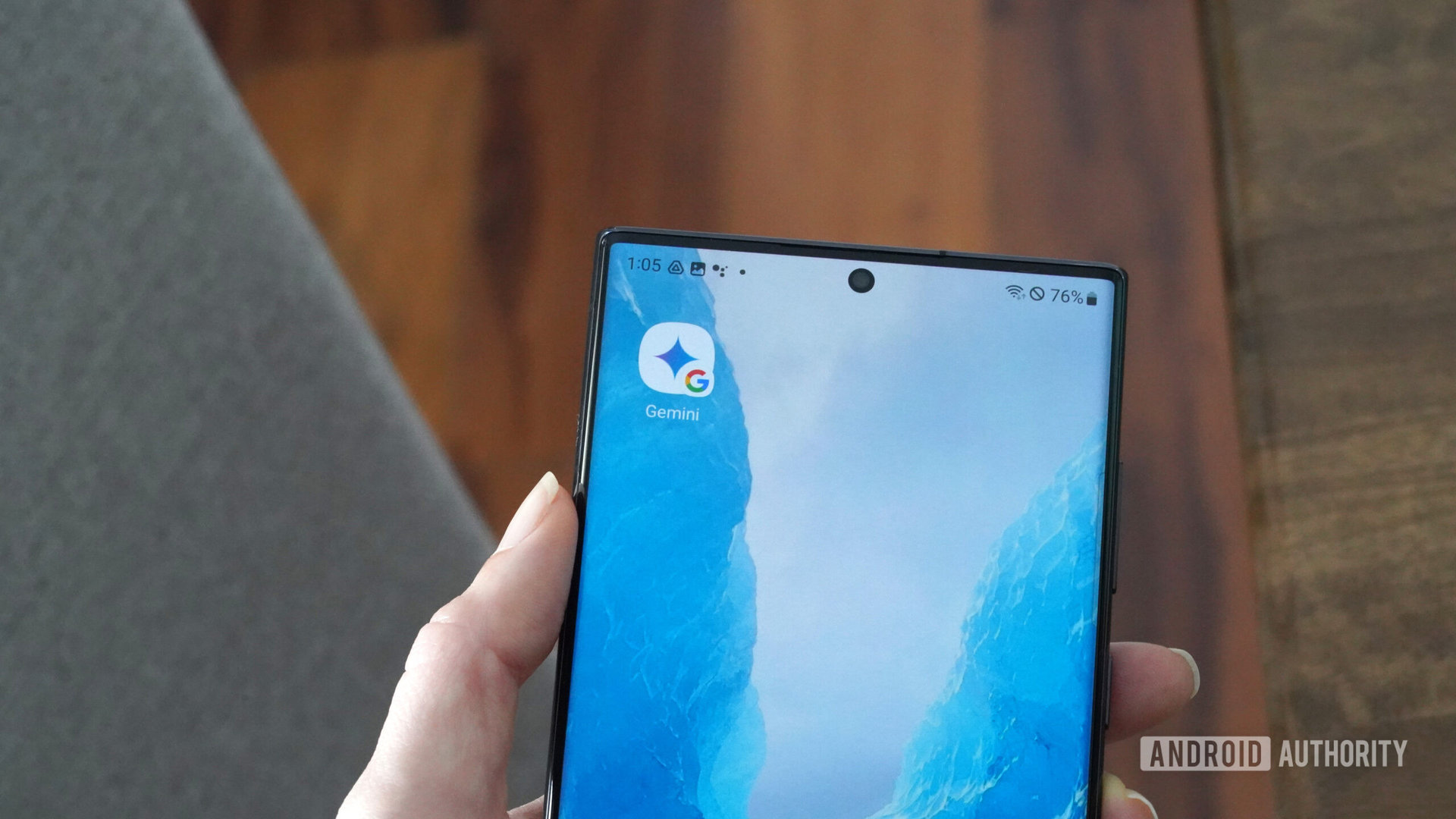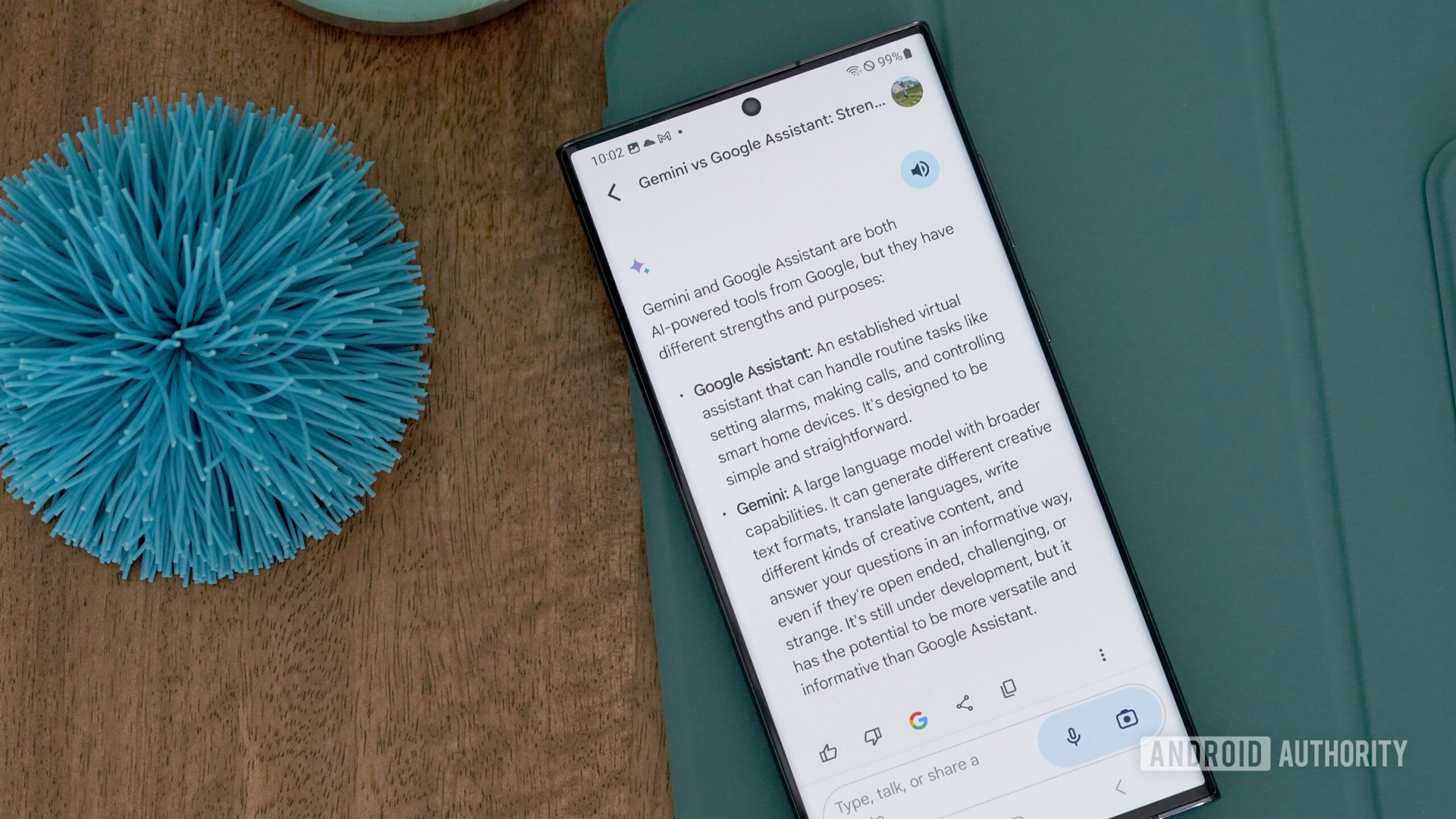I’ve been using the Galaxy Ring and Watch together to see if it’s a synergistic or parasitic combo
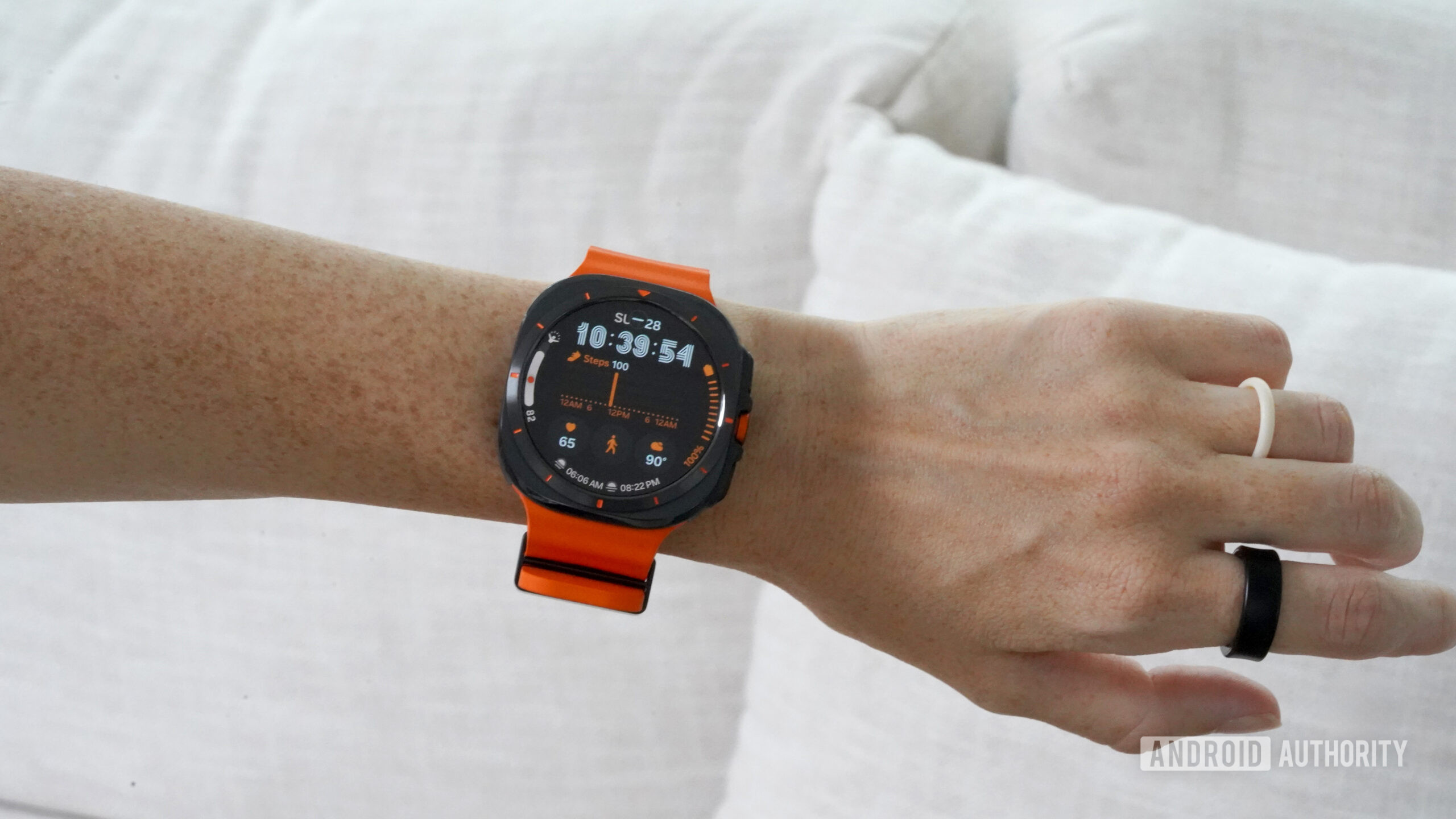
On July 10, Samsung officially joined the smart ring race by launching the eagerly awaited Galaxy Ring. The company touts its new petite fitness tracker as the “best for 24/7 wear.” However, on the same day, we also got a new Galaxy Watch 7 and a Galaxy Watch Ultra, suggesting there’s still reason to make room on our wrists for Samsung as well. To find out if it’s worth managing two devices at once, I went double-duty and wore both the ring and Ultra simultaneously to test out the two devices’ integration. My final verdict: The pairing is great in theory but needs refinement to be worth hitting checkout on two pricey wearables at the same time.
Consolidated Ring + Watch data
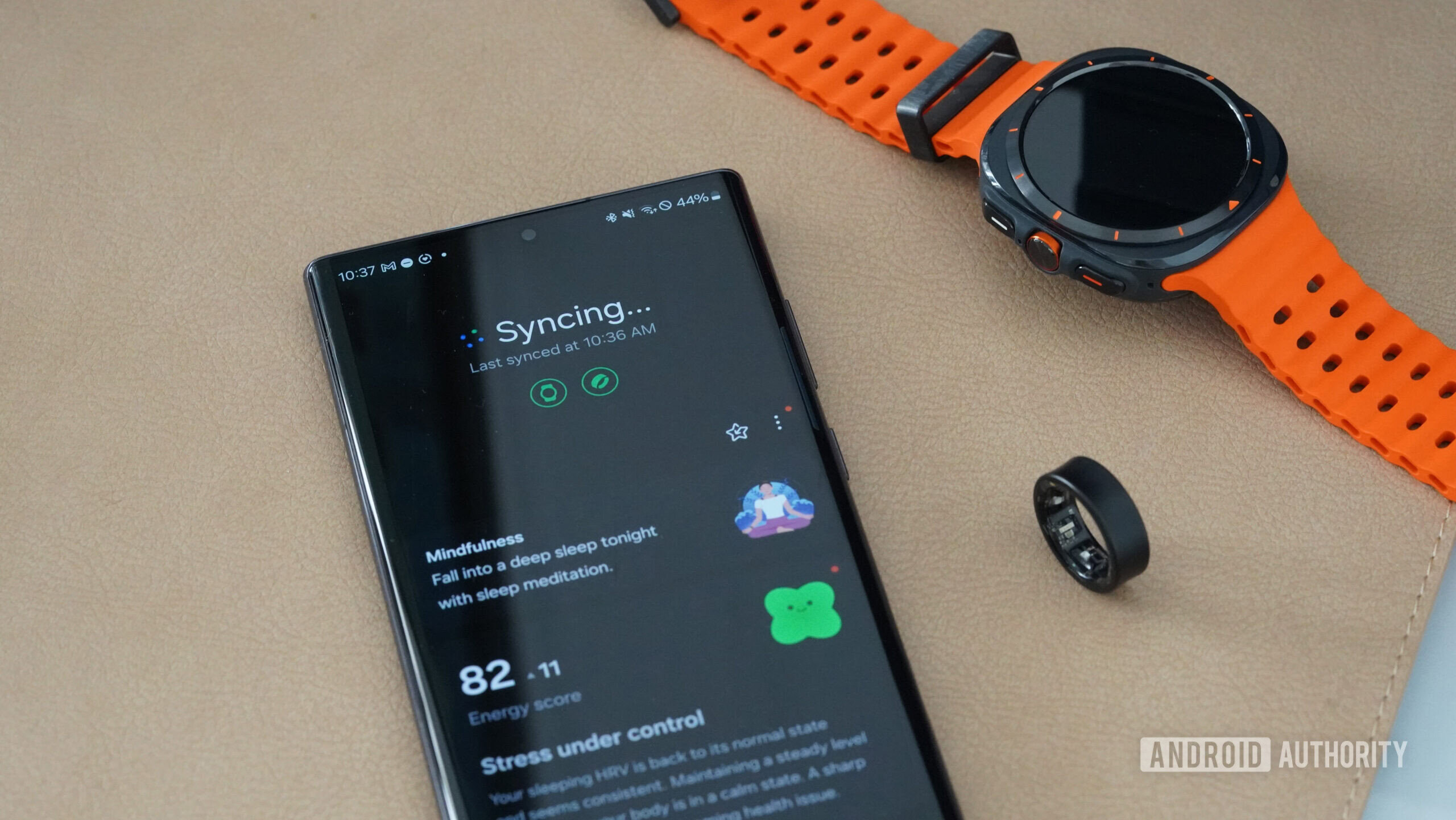
Flying in the face of Apple, whose smart ring rumors have yet to bear fruit, Samsung introduced a unique prospect to its ecosystem by launching a ring that can be used in sync with its smartwatches. We’ve seen this relationship from Amazfit, which also boasts both watches and a smart ring, but Samsung is the first truly household name to venture into the realm of a mixed portfolio. The pitch is that shoppers with both form factors can use the devices simultaneously or separately, and all of their health and fitness tracking data is automatically consolidated in the Samsung Health app.
Data from both devices is automatically synced in the Samsung Health app.
This matters because smart rings are still relatively limited in their feature sets compared to watches. The Galaxy Ring tracks core metrics such as sleep heart rate, heart rate variability, and steps, supports cycle tracking based on skin temperature, and offers auto-workout detection for walks and runs. However, it can’t possibly pack the same range of sensors as Samsung’s wrist-based wearables. For ECG recordings or the BIA sensors, for example, I have to strap on my Galaxy Watch. I could also never rely on a ring for detailed fitness tracking.
For starters, it doesn’t boast multi-band GNSS, so it doesn’t track my outdoor runs or hikes. Without a display, wearing the ring for workouts means I can’t reference live stats (aka my palpitating heart rate) or tap into the company’s new Race feature. Since competing against the ghost of my last run is probably the only time I’ll ever win a race, this just wouldn’t do. In other words, there are simply times when a watch is best. Smart rings can’t yet offer as well-rounded of an experience for data junkies.
I love the option for a subtle tracker when the situation calls for it, but a powerful fitness companion for workouts.
In this regard, I love the idea of a dual-device existence. Throughout the week, I wore the ring at almost all times because I genuinely forgot it was there. Meanwhile, my watch use became more intentional. I strapped it on for workouts and wore it most of the time, but I didn’t feel tied to it if the battery got low or if I wanted to go out in public without a bright orange accessory.
When I did tap into the watch’s potential, I appreciated the tools I typically take for granted. I liked having my weather app accessible on the way to the beach, and texting that I was going to be late to the friends waiting at said beach. When I got there, I liked tossing my watch in my bag to avoid adding to the truly insane tan line I’ve acquired as a wearables reviewer. With the ring on hand as a backup tracker, I don’t have to choose between data and an even skin tone.
Comfort when it counts
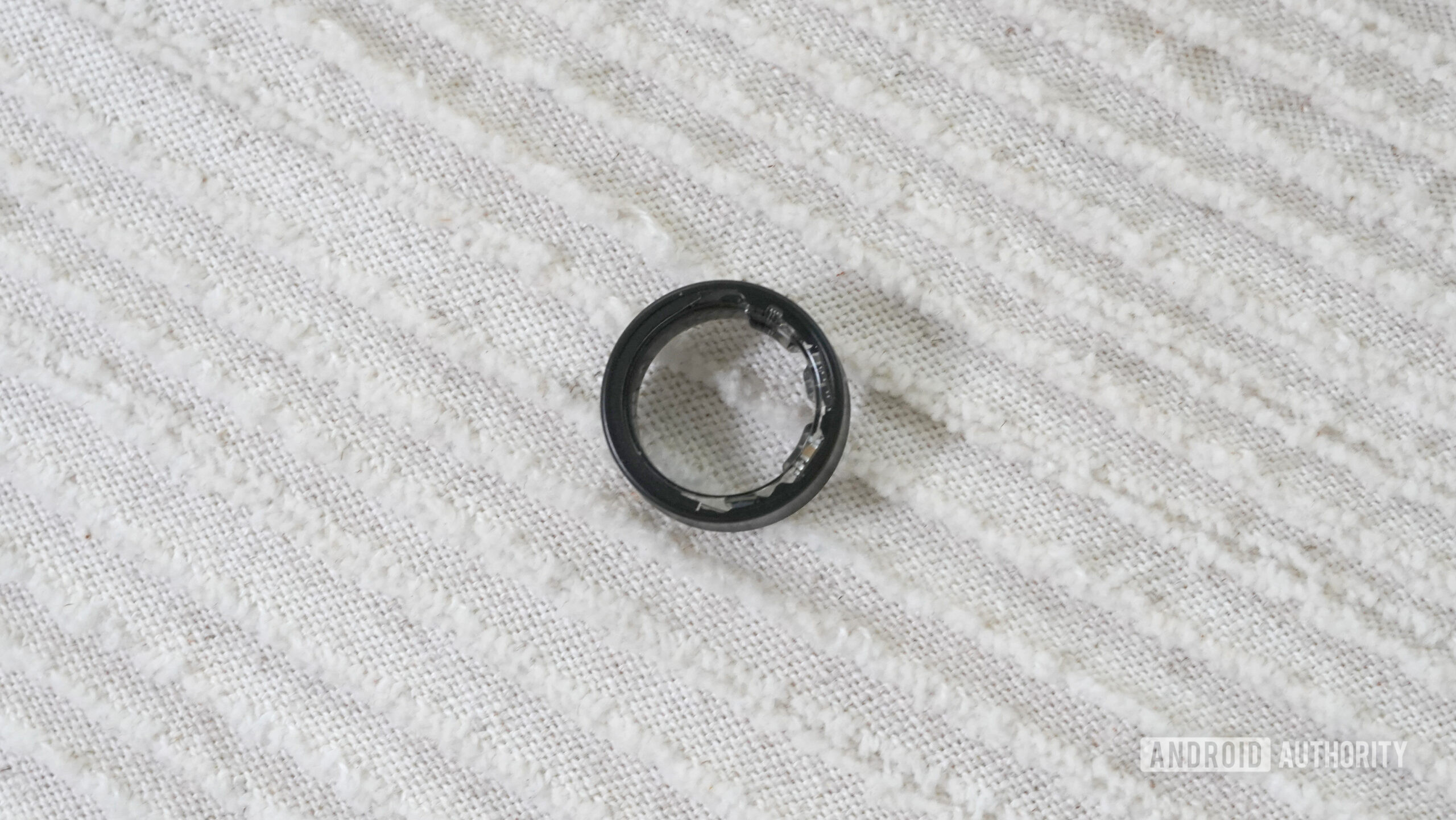
With all of that said, not everyone cares about capturing every last metric. There are plenty of other reasons to wear the Galaxy Ring, including its unobtrusive build and passive tracking experience. Measuring just 7mm wide and weighing less than 3g, the ring features a jewelry-inspired design that blends right into my day-to-day look. This is in complete contrast to the Galaxy Watch Ultra, with its bulky form factor and bright orange detailing. Plus, the Ring is fortunately only dainty in looks, as it features an IP68 durability rating and 10ATM water resistance, so it stood up fine to my everyday activity. Most importantly, though, it’s comfortable and easy to forget about entirely (after a few days of growing used to it).
This comfort and subtleness offer twofold benefits. First, it can be worn in a variety of scenarios that might feel inappropriate for a smartwatch. A sporty, wrist-based wearable doesn’t exactly vibe with a wedding guest cocktail dress, but a smart ring will go virtually unnoticed. During this test period, I wore mine to multiple social outings of varying dress codes, as well as to a doctor’s appointment where I normally avoid wearing conversation starters like a new wearable.
The Galaxy Ring should be the perfect companion for sleep tracking, but it needs fine-tuning first.
Second, a smart ring facilitates an extremely comfortable sleep-tracking experience. Rather than worrying about the weight of your watch or the potential of a bright screen waking you up, you can fall asleep with just a ring on your finger and wake up to helpful stats. That is, uh, usually. On paper, I adore the option to wear my Galaxy Ring to bed and let my Galaxy Watch charge overnight so it’s ready to track my morning workout. In reality, I’ve yet to see the sleep-tracking accuracy I want from Samsung’s ecosystem on either device I wore this week.
Compared to my Oura Ring, for example, the ring provided inconsistent data and highly optimistic sleep scores. It also failed to align with my Withings ScanWatch 2, Withings sleep tracking mattress pad, or my Apple Watch Ultra, all of which aligned closely. This is perhaps the biggest disappointment I have regarding the Ring+Watch relationship. What should be a major strength (overnight use) of the Galaxy Ring isn’t accurate enough to justify its purchase, especially in addition to another wearable. Instead, its bedtime benefits are limited to its role in making charging more convenient for my watch.
Better battery for all
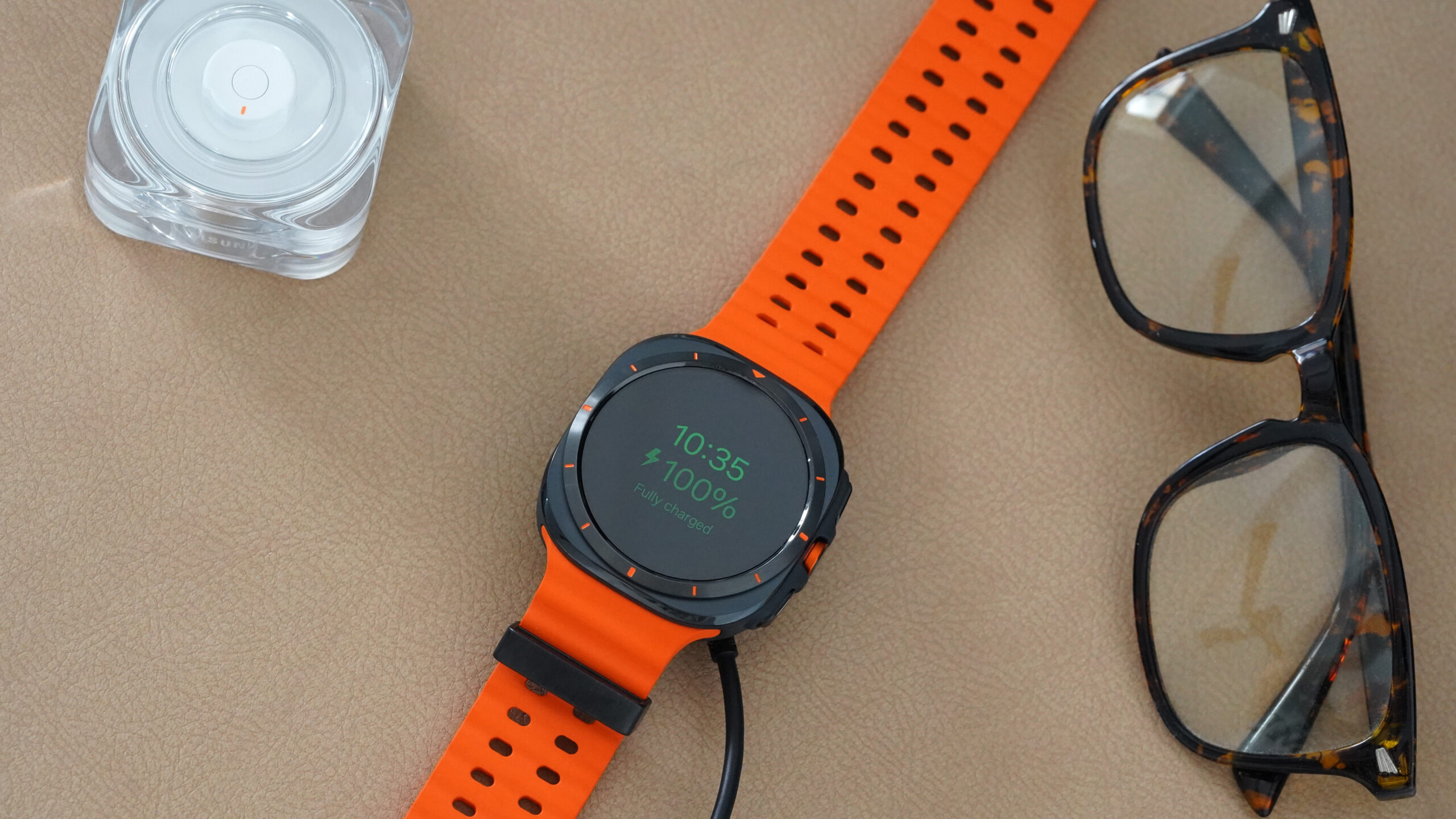
On a more positive note, wearing both a Galaxy Ring and Galaxy Watch doesn’t just make charging more convenient (though it definitely does!). It also extends the potential battery life of your devices. When you have both in use, Samsung Health will automatically recognize the overlap and use only the optimal measurements from each. This process disables some sensors on the ring, which can extend its battery life up to 30%. In my experience, this is a fairly accurate claim. When testing the ring alone, I hit just over four days of use before needing to top up. When using the ring and watch simultaneously, I made it to roughly six days.
Using both the watch and ring helps stretch battery life and creates convenient charging opportunities.
These specs are without taking the ring off at all and solely relying on Samsung’s automatic prioritization. Users could also always charge their ring during workouts when they know they are going to rely on their wrist-based data instead. For me, this would make the most sense during activities that are not conducive to finger accessories anyway, like weight lifting or rowing. Since it is uncomfortable to wear a smart ring during those activities, I can see throwing the device on its charger while my Ultra flies solo. I didn’t test this during the week because I was eager to see how the ring would last without any breaks, but it’s a practice I would definitely adopt going forward.
tldr;
The short story is that dual-device wearing has some perks but may not be for everyone.
- Buy the Galaxy Ring and Watch together if charging schedules give you anxiety, or if you frequently go from sweat sessions to formal affairs and need a subtle tracker as often as you need a dedicated workout tool.
- Don’t buy the Galaxy Ring and Watch if you’re comfortable tracking Zs in the latter, your priority is detailed wellness stats, and your go-to workouts include weights, bars, and handled exercise machines.

